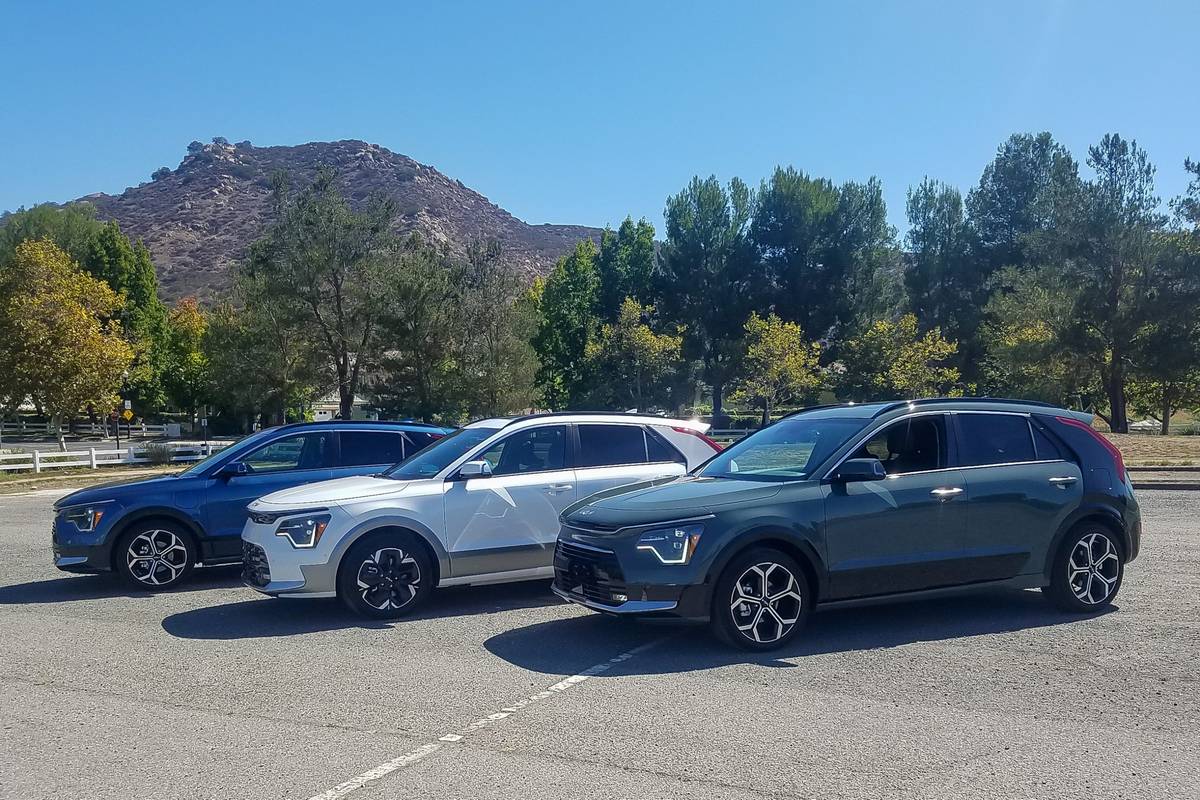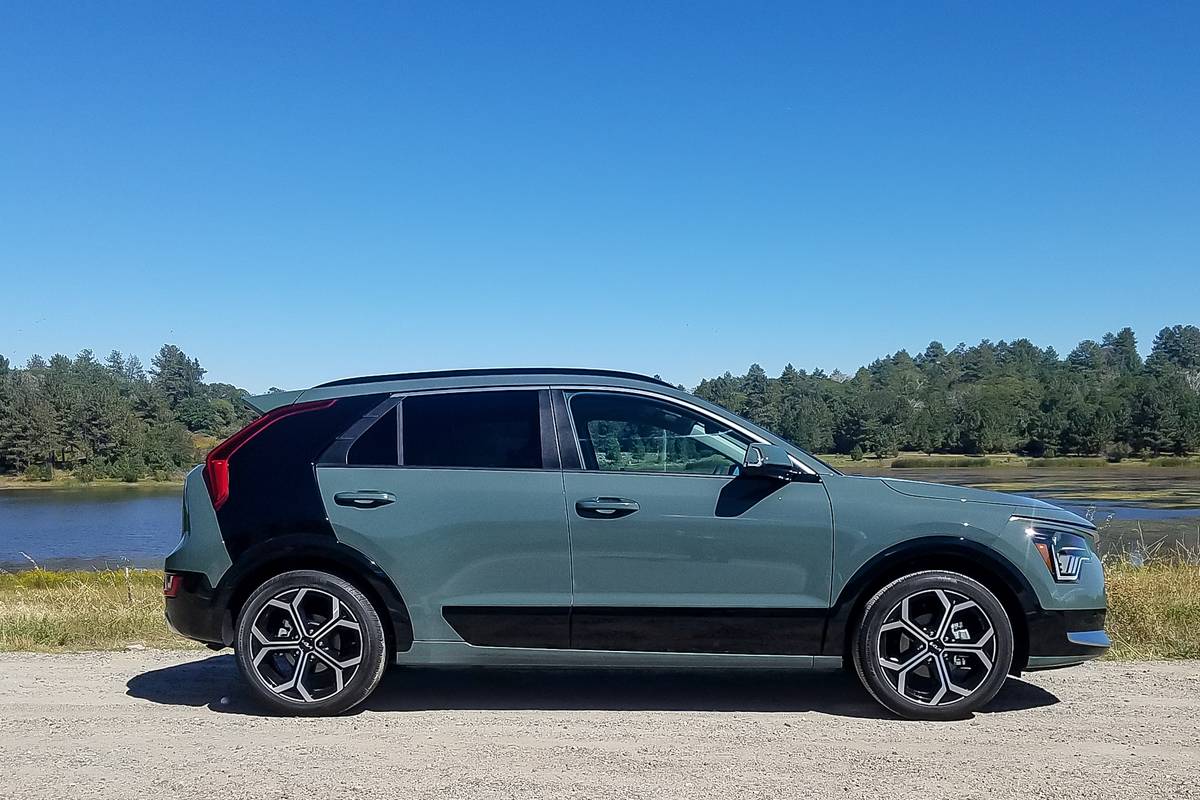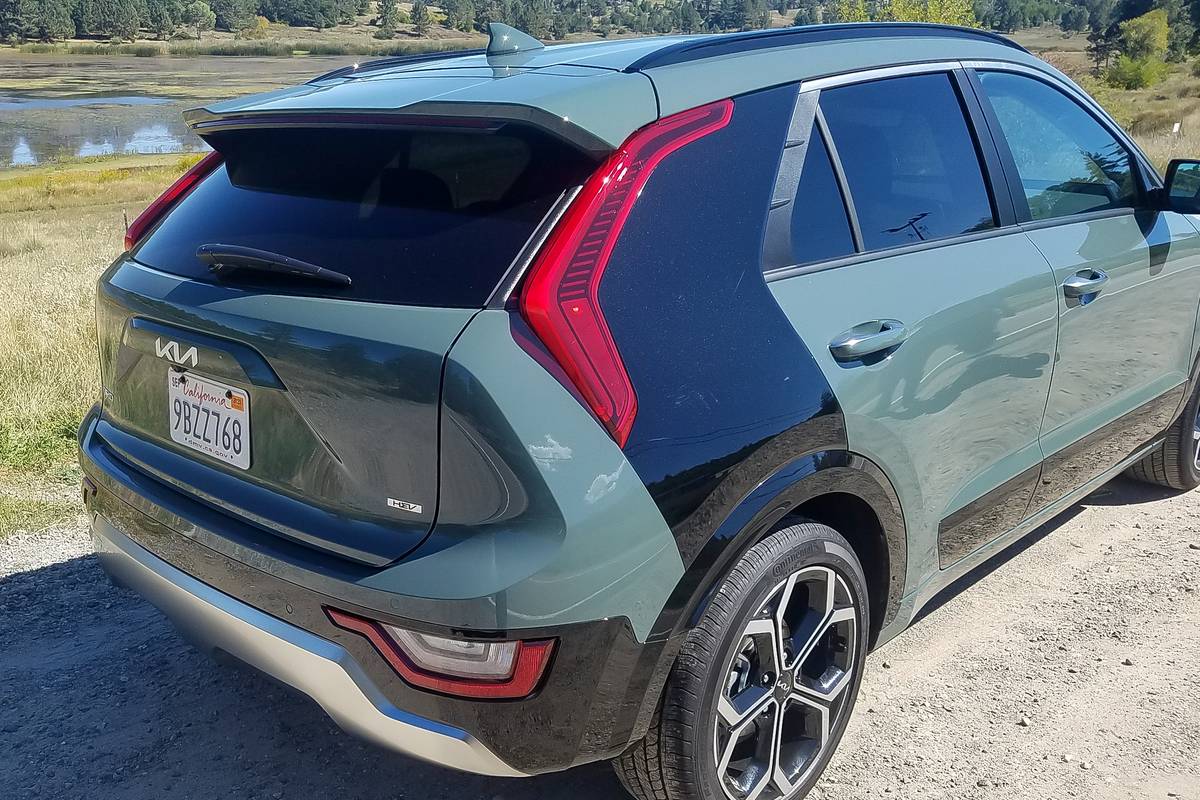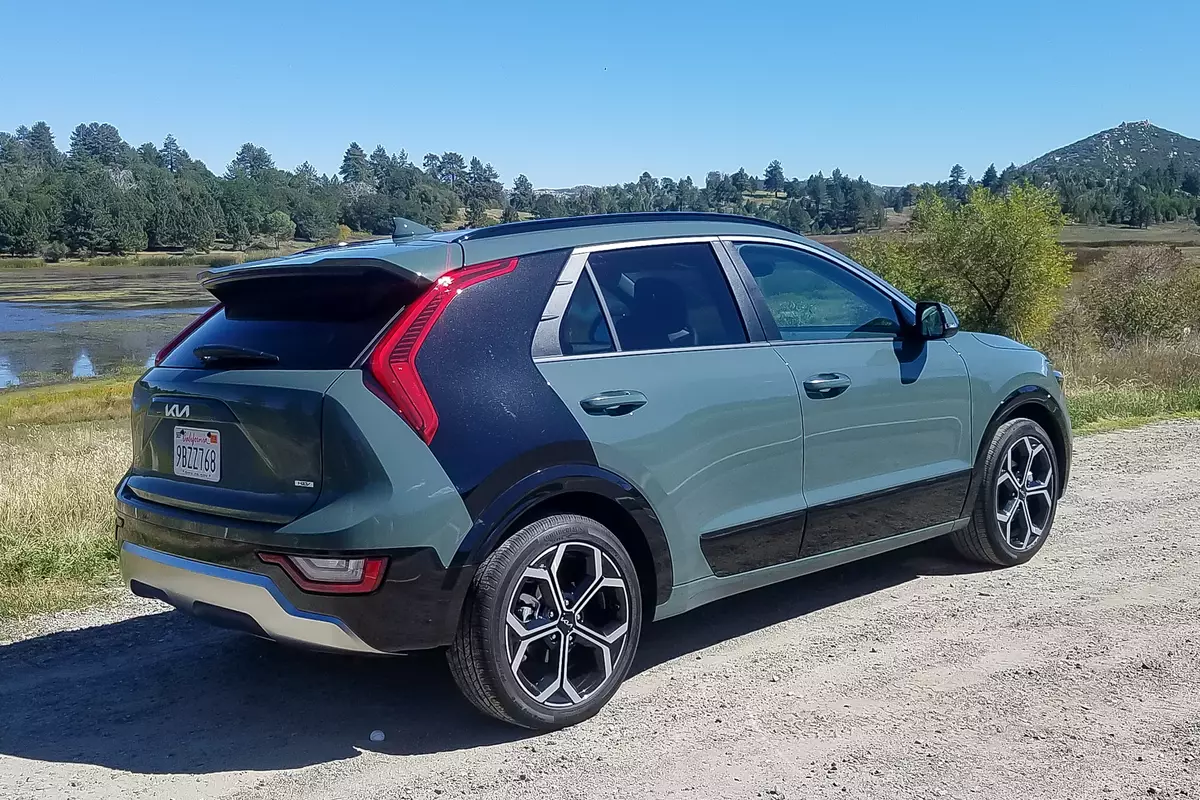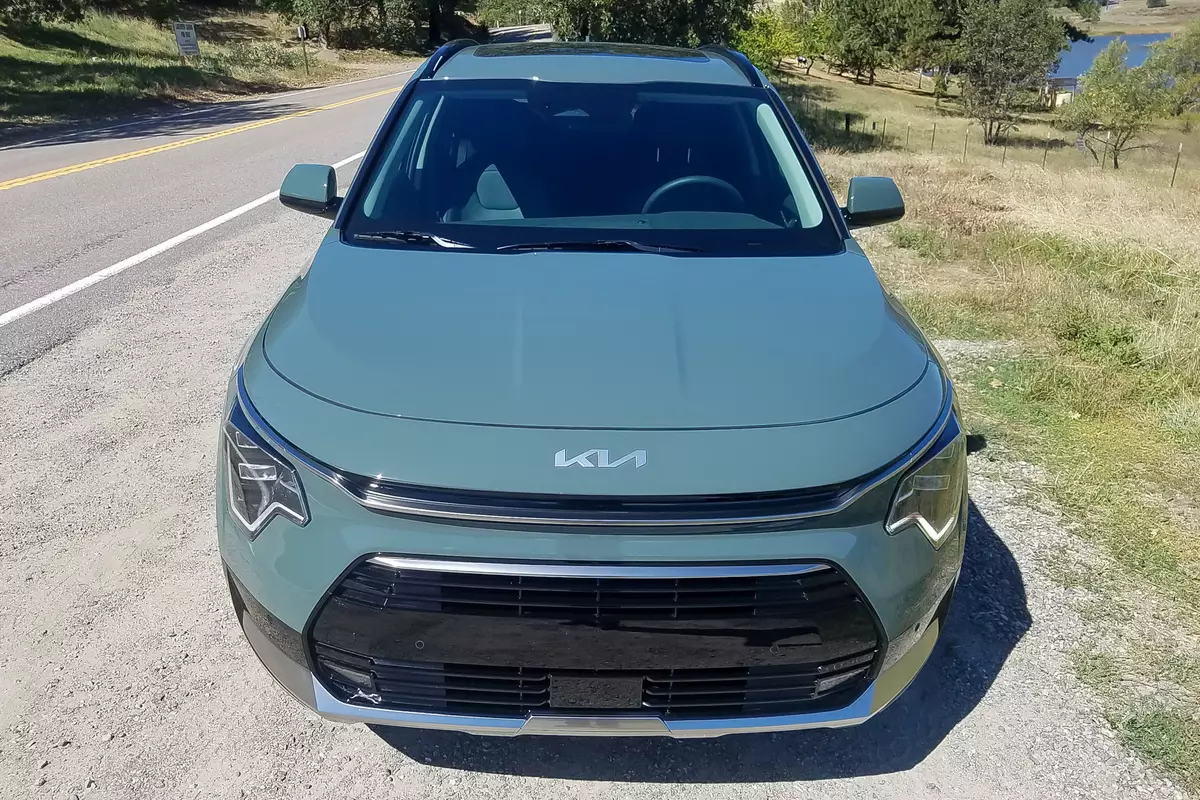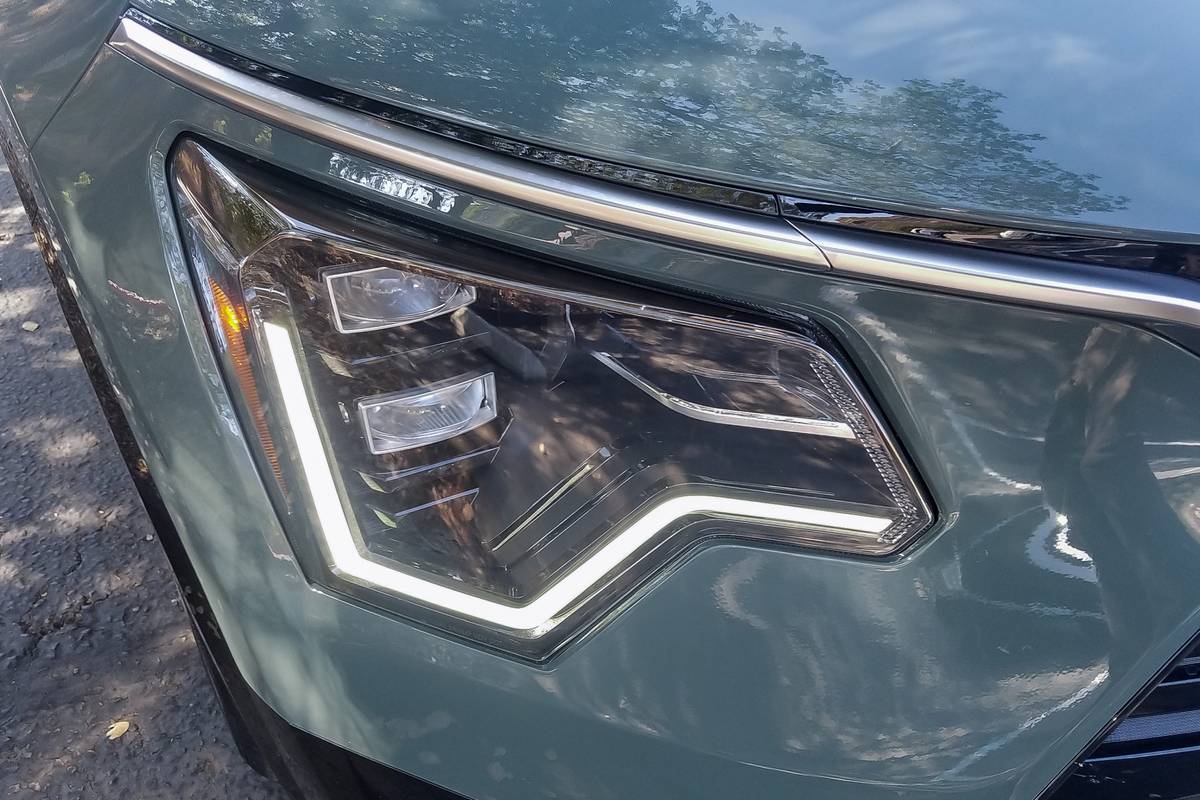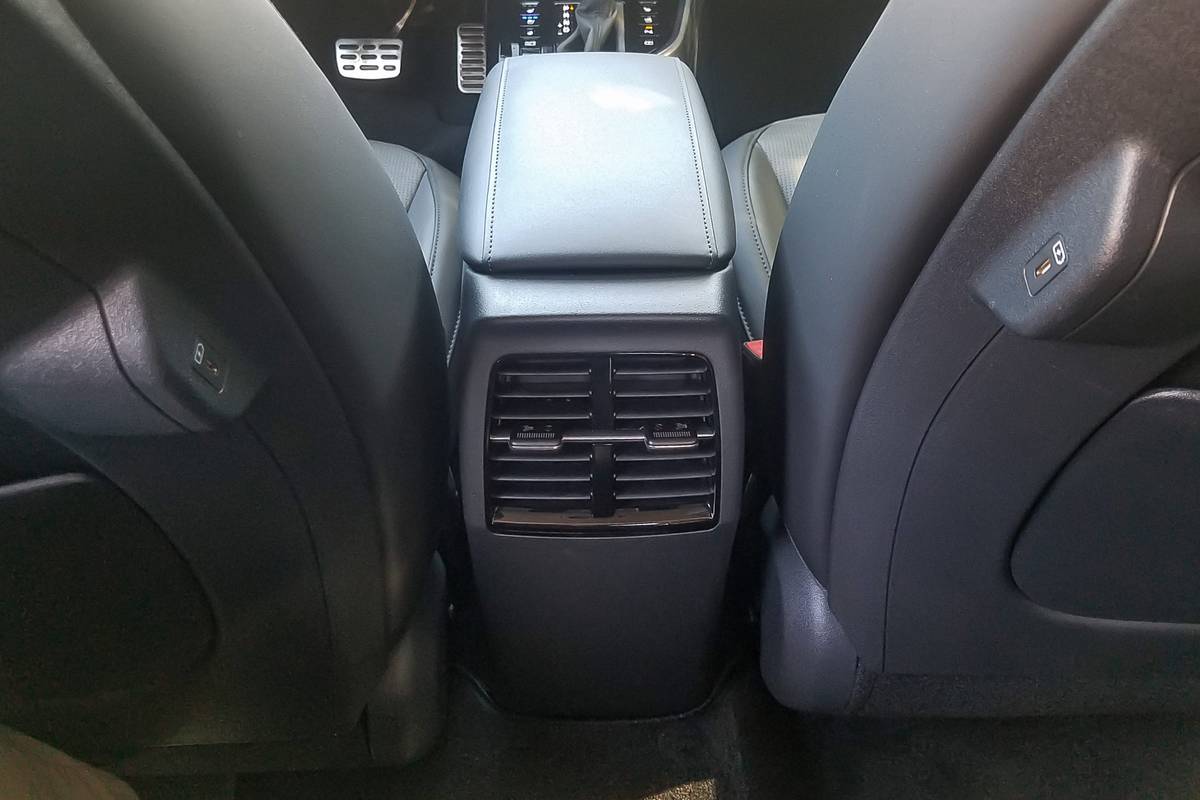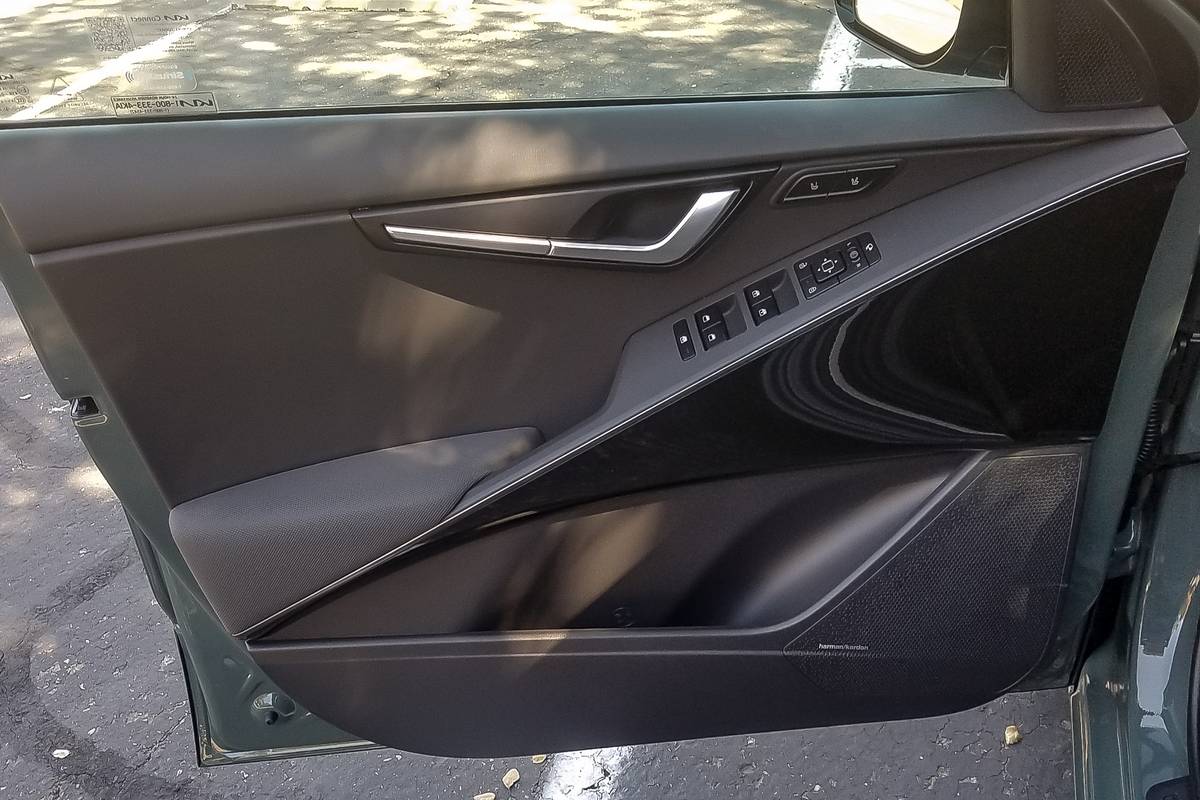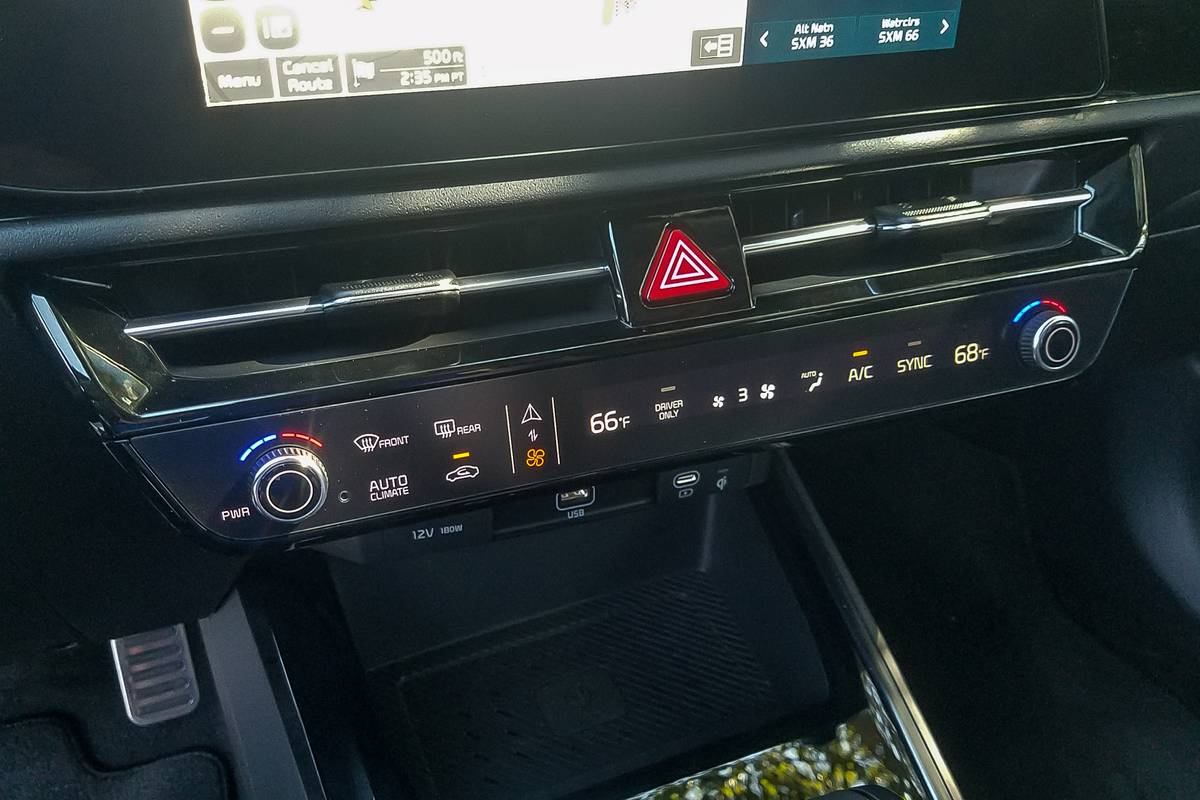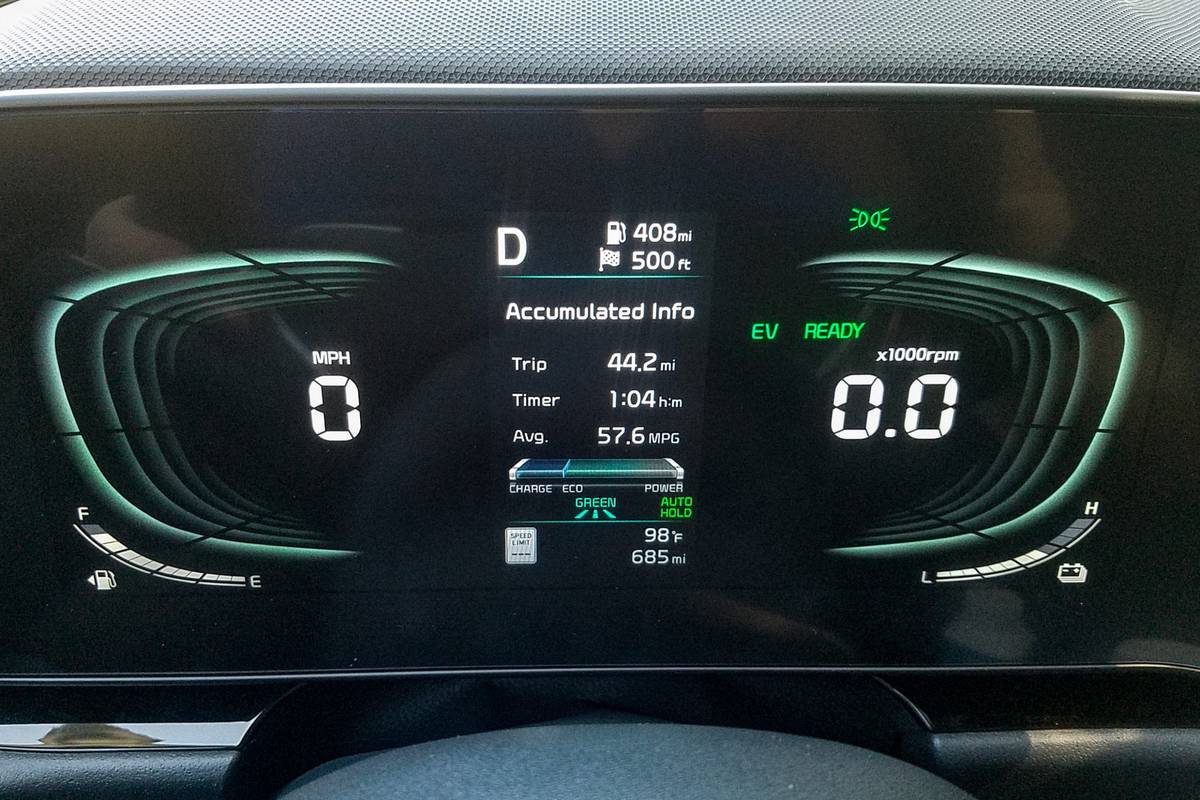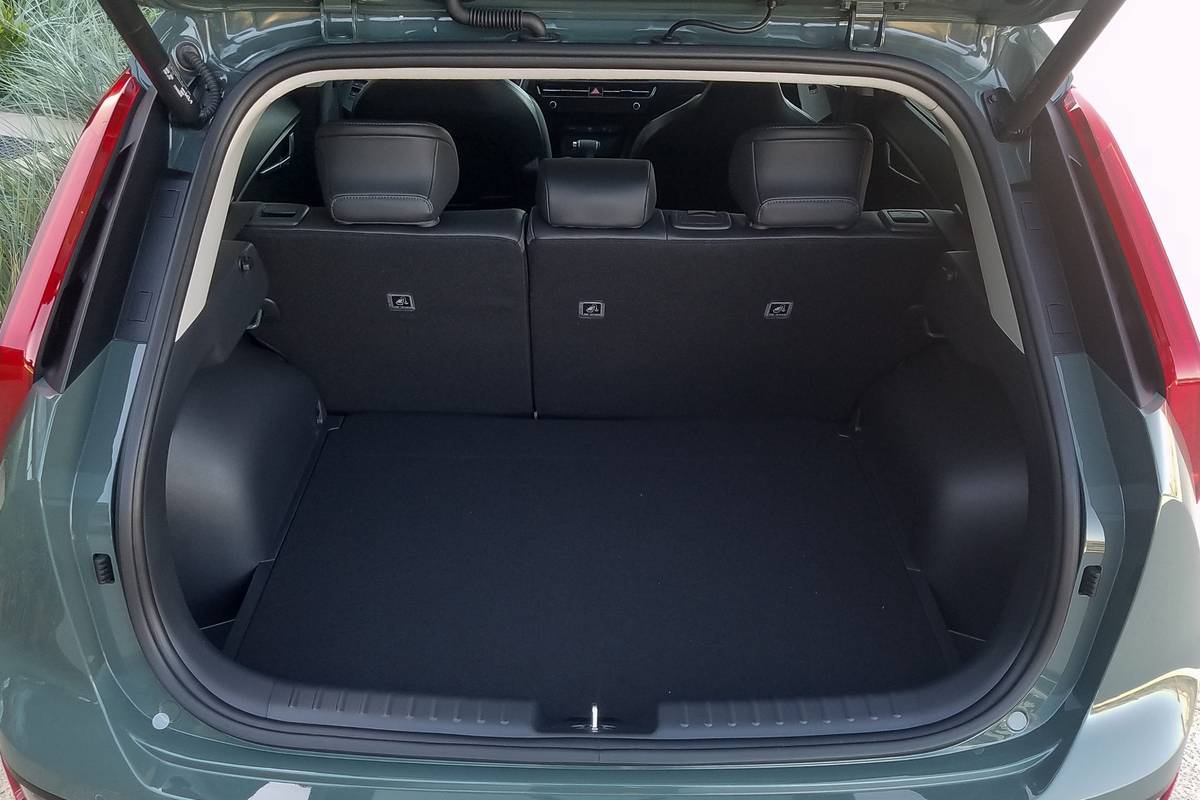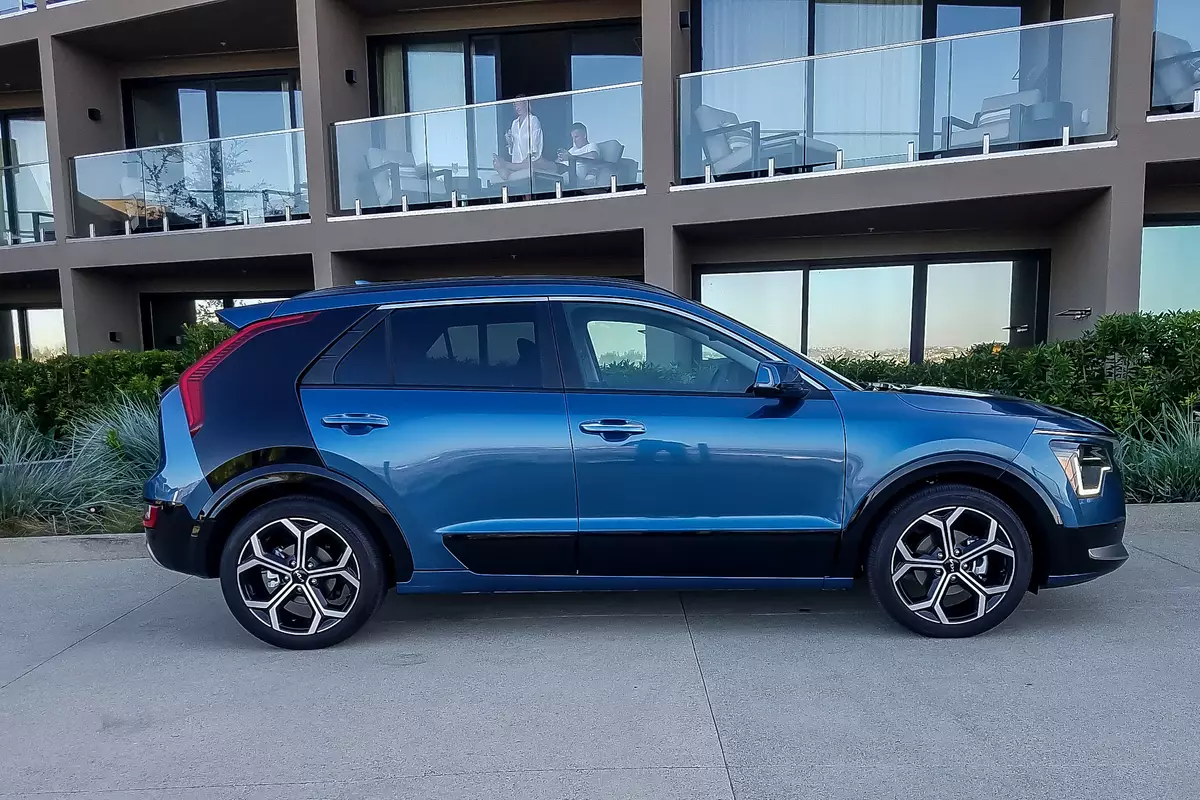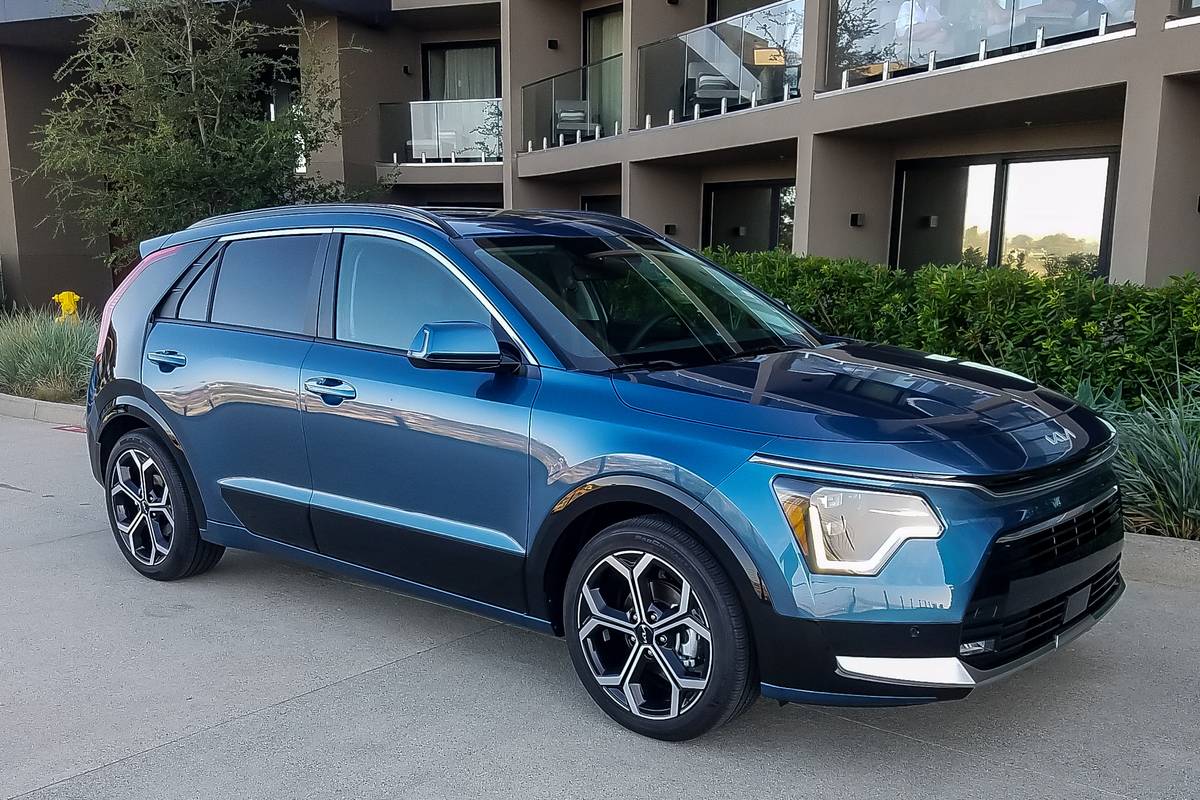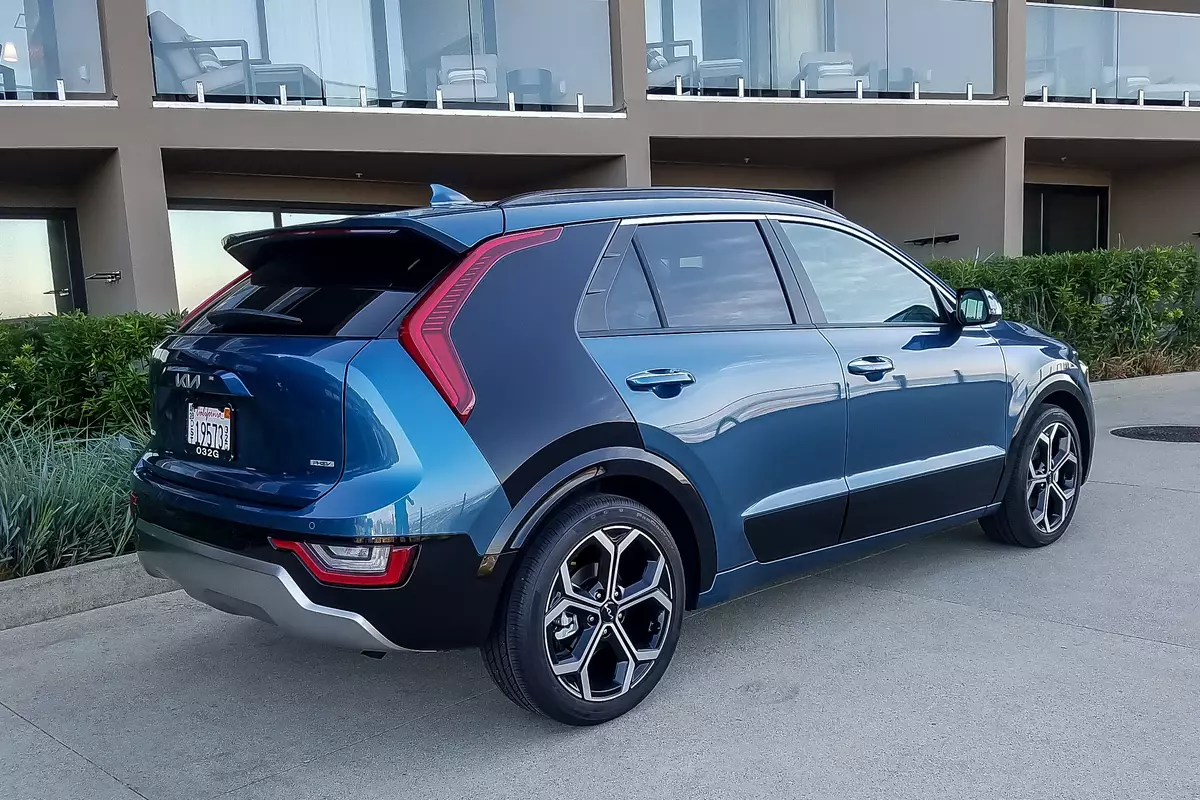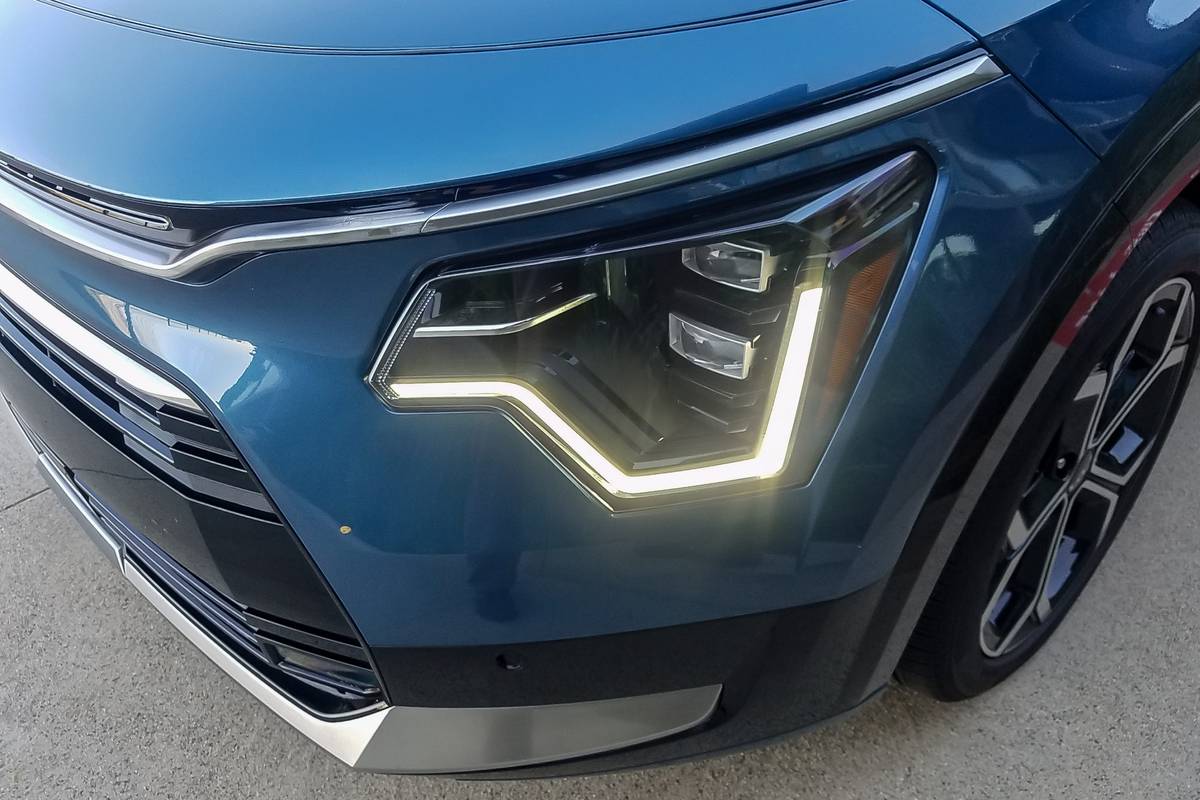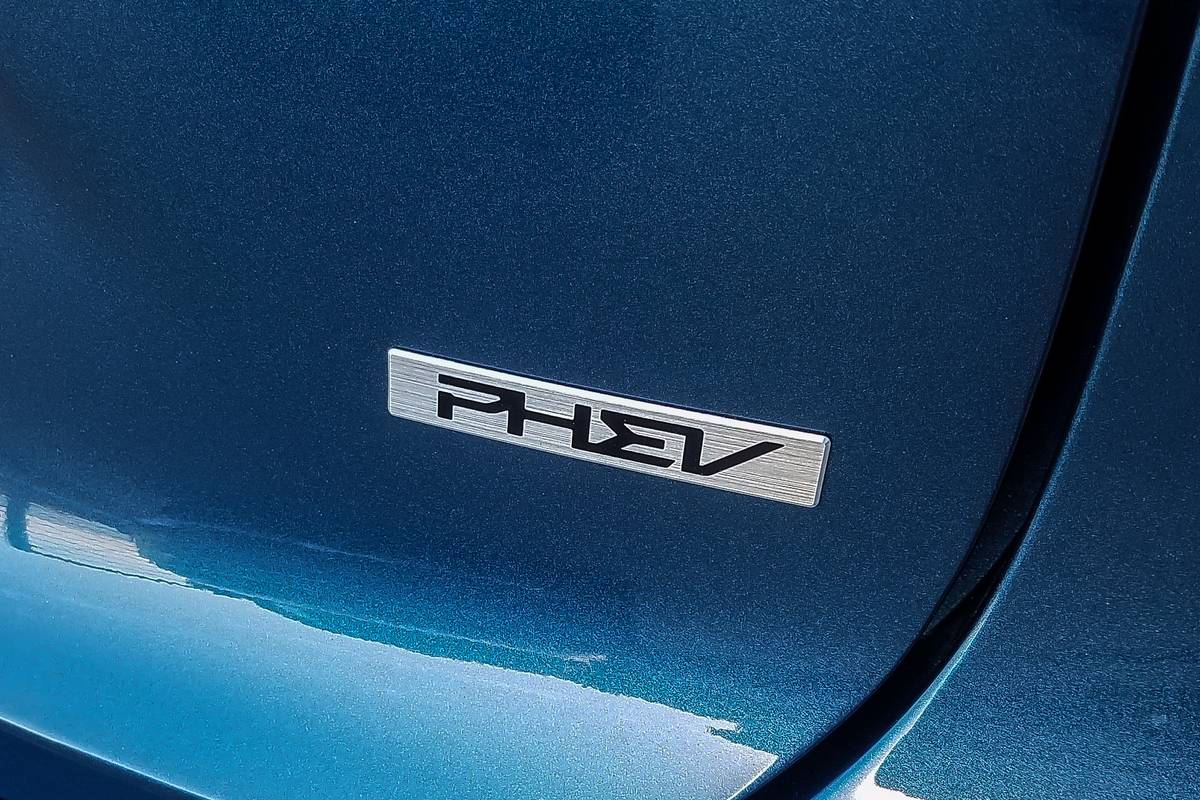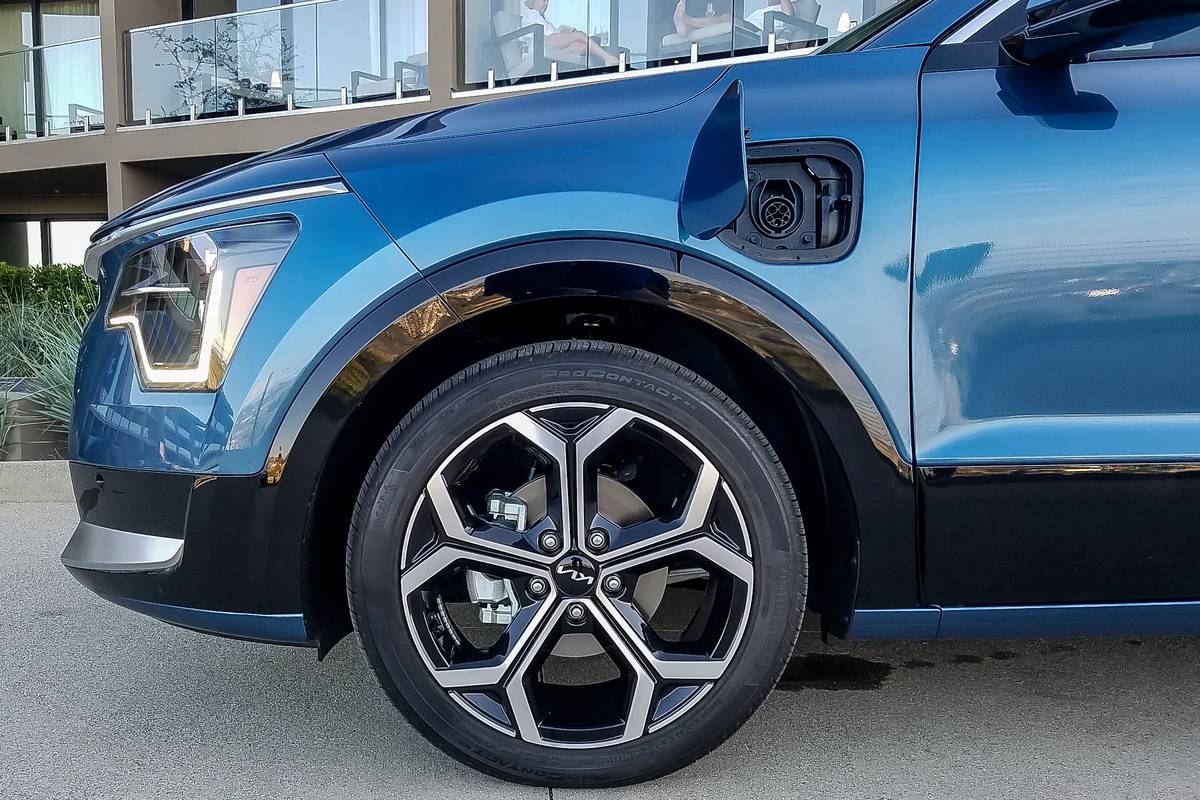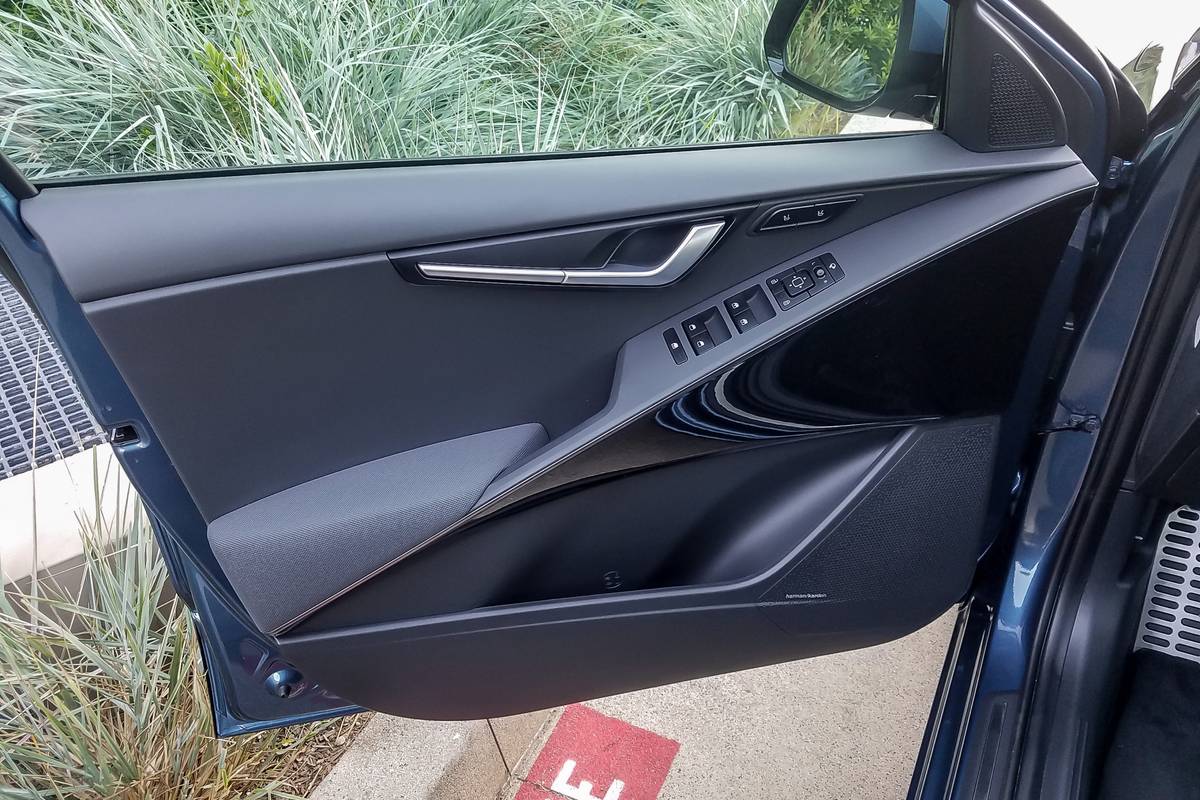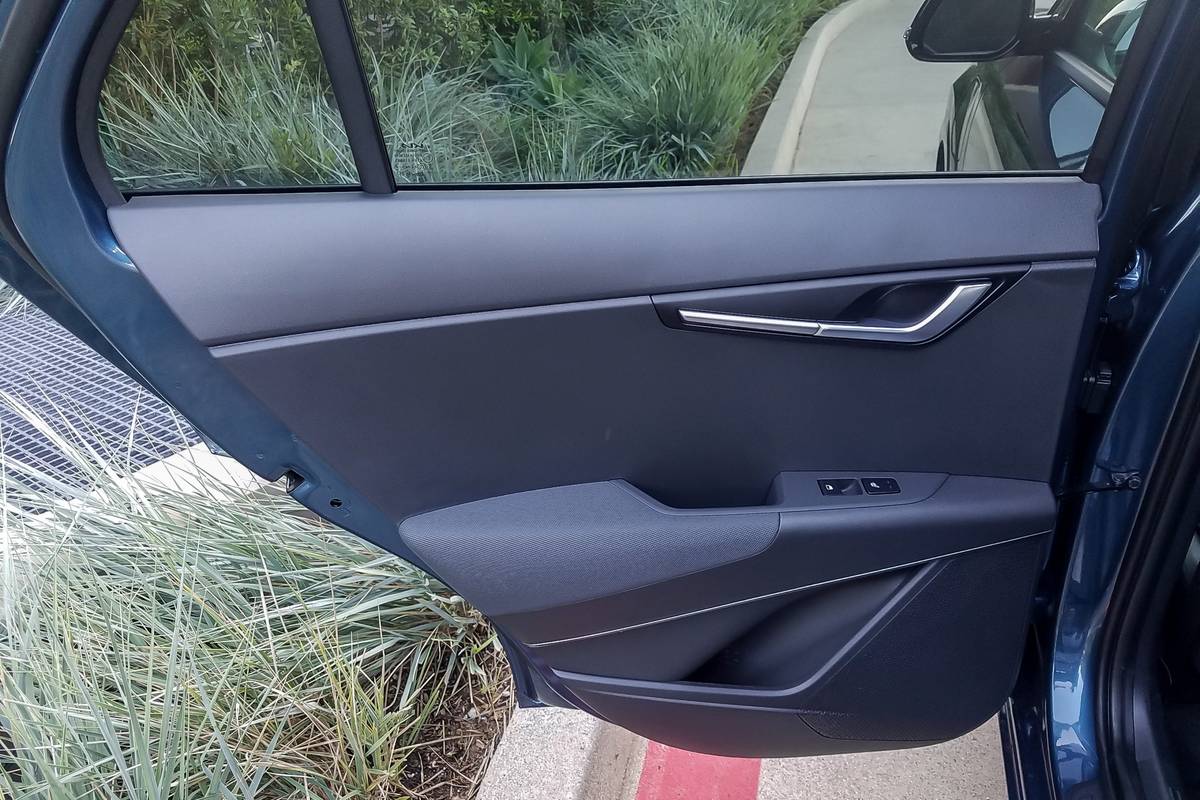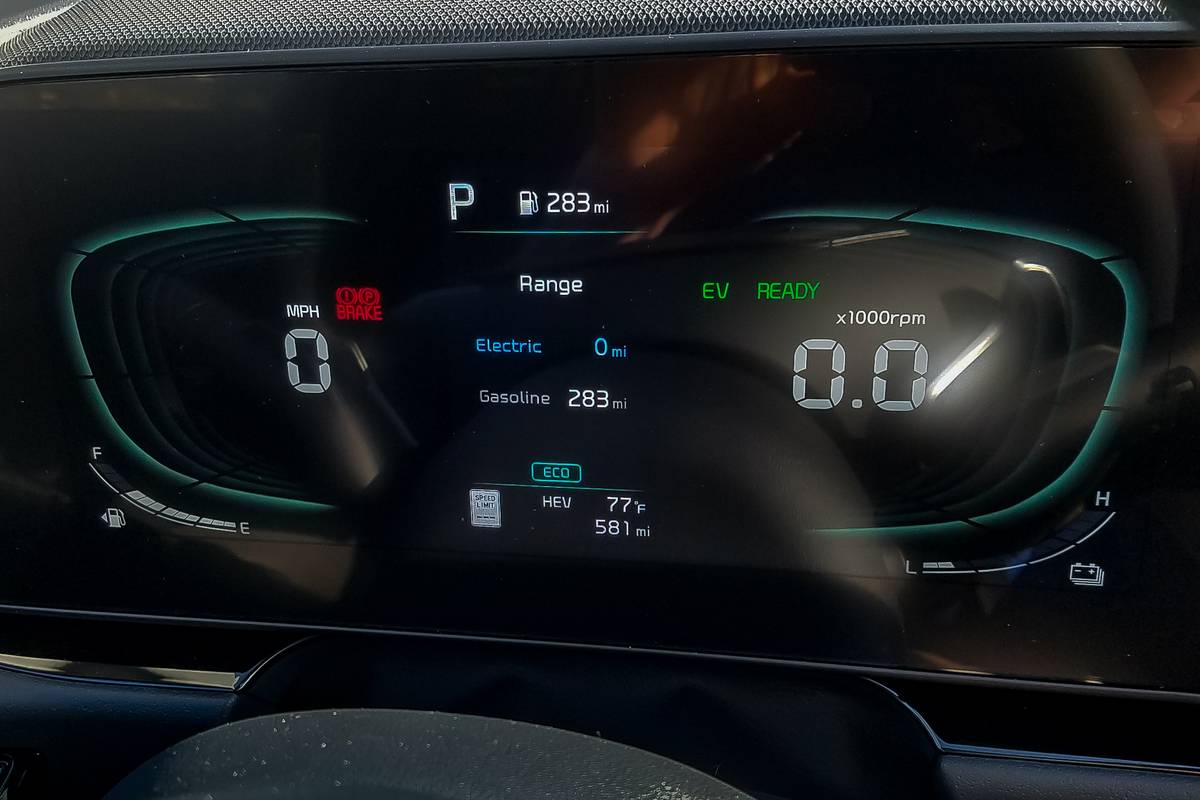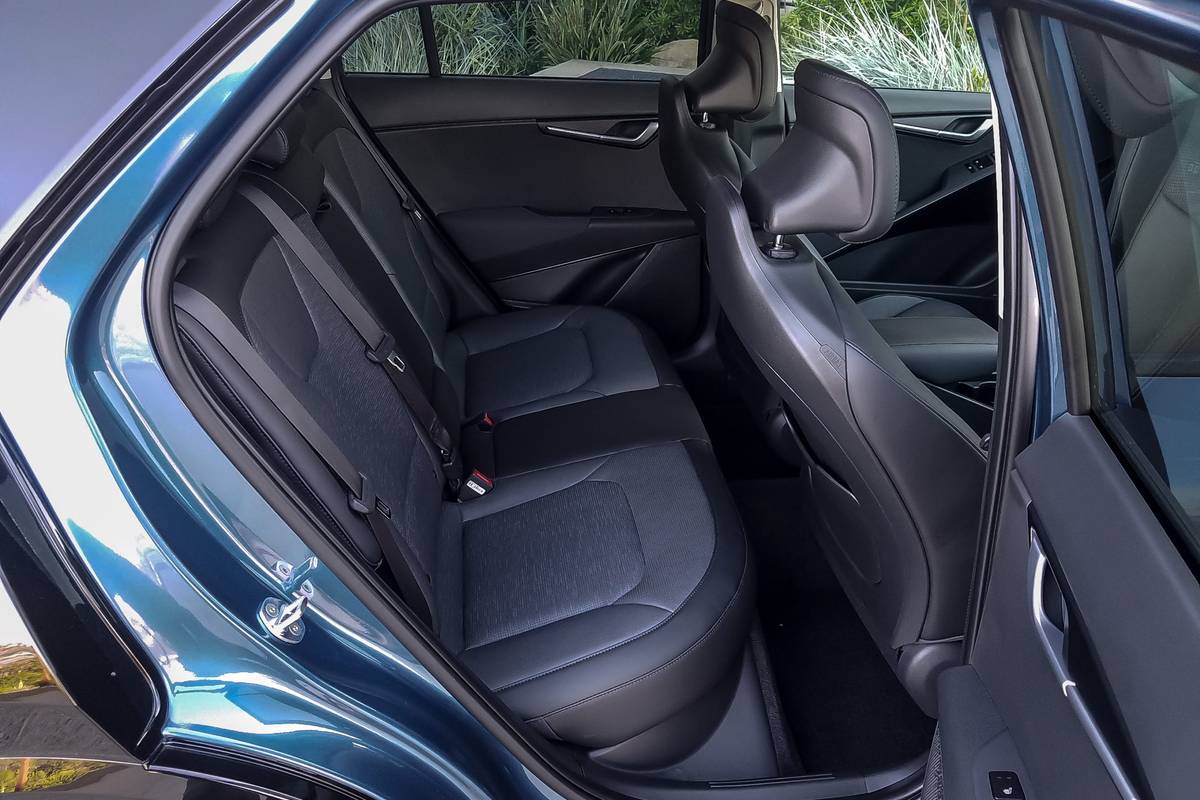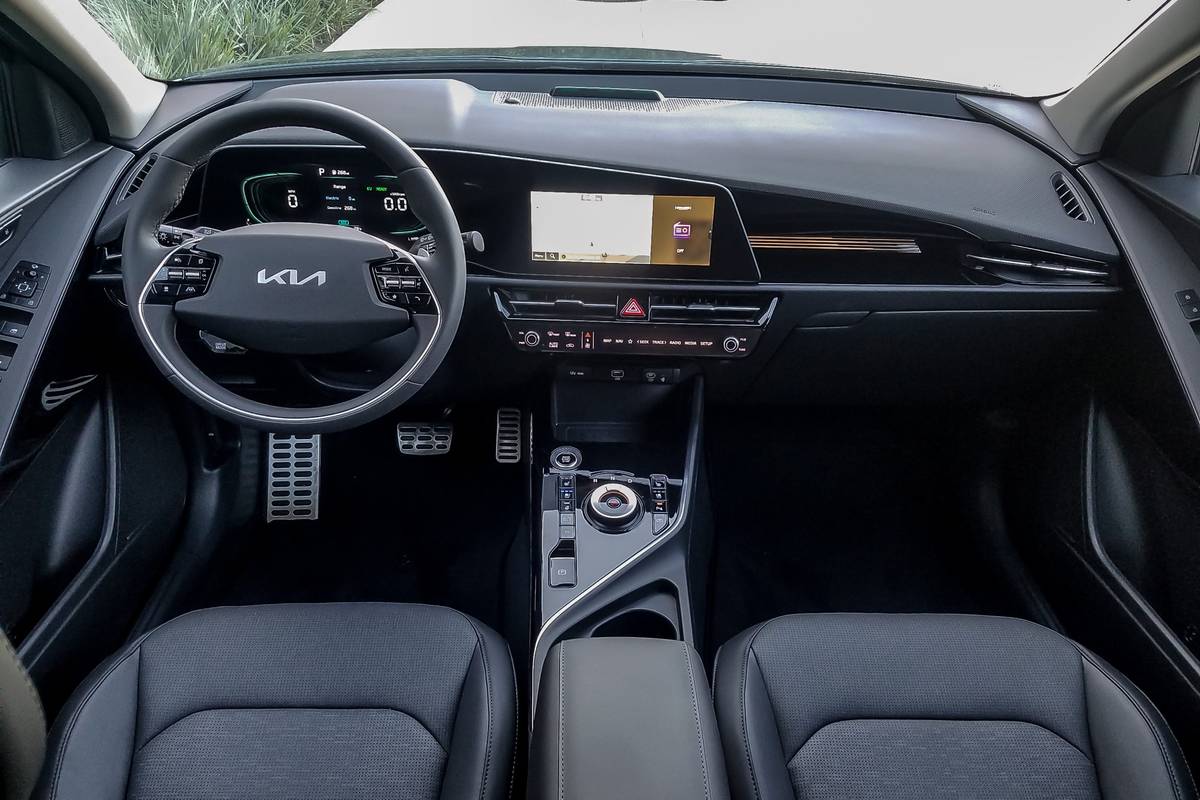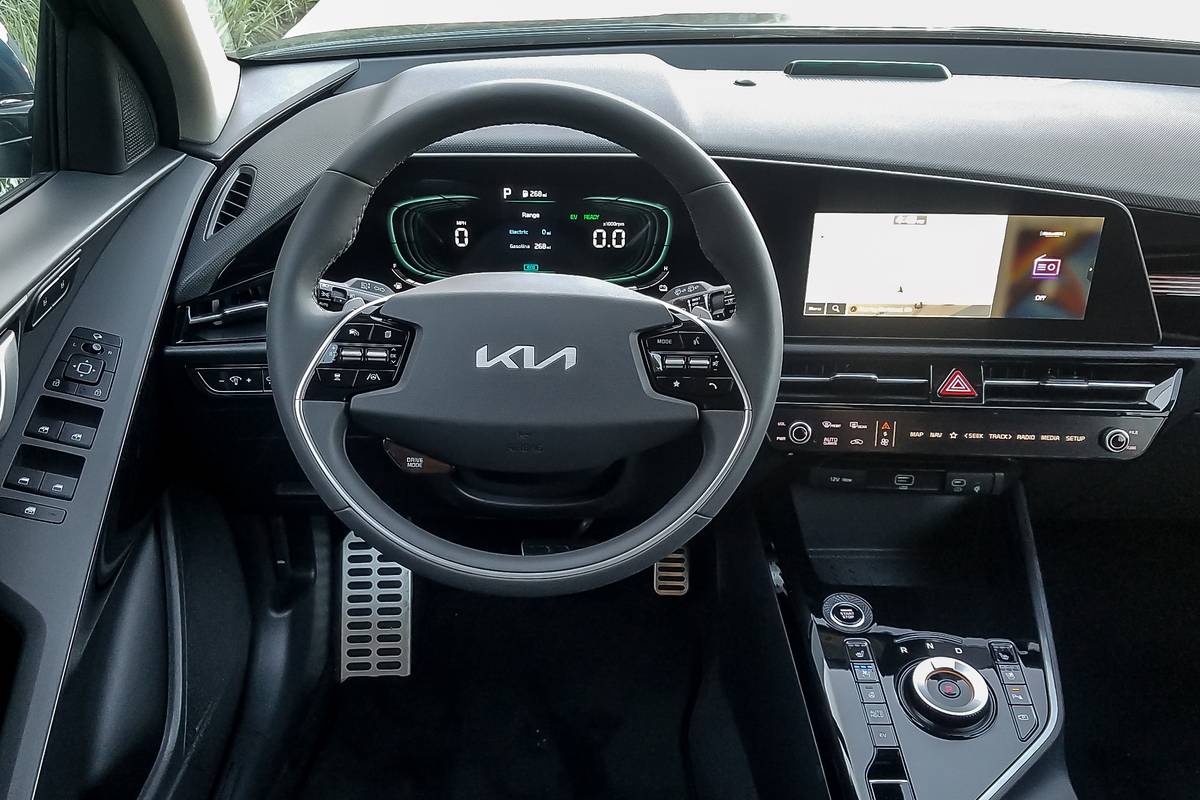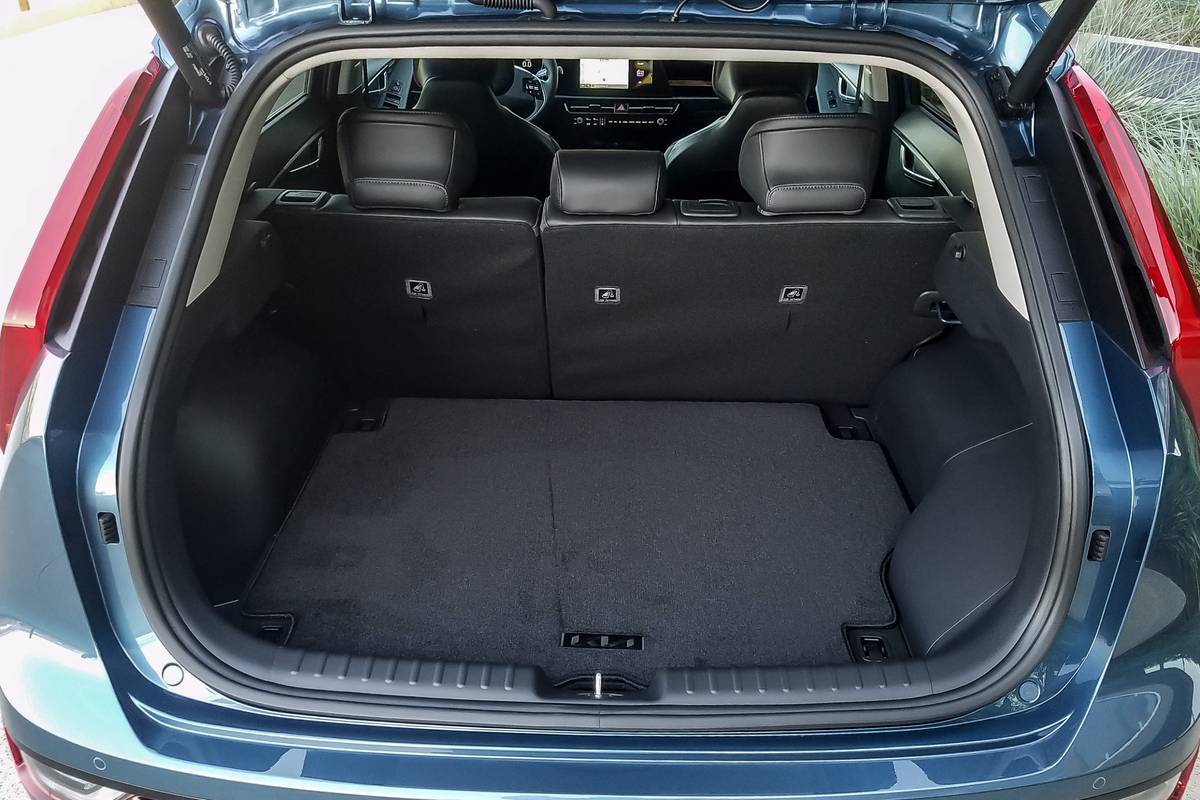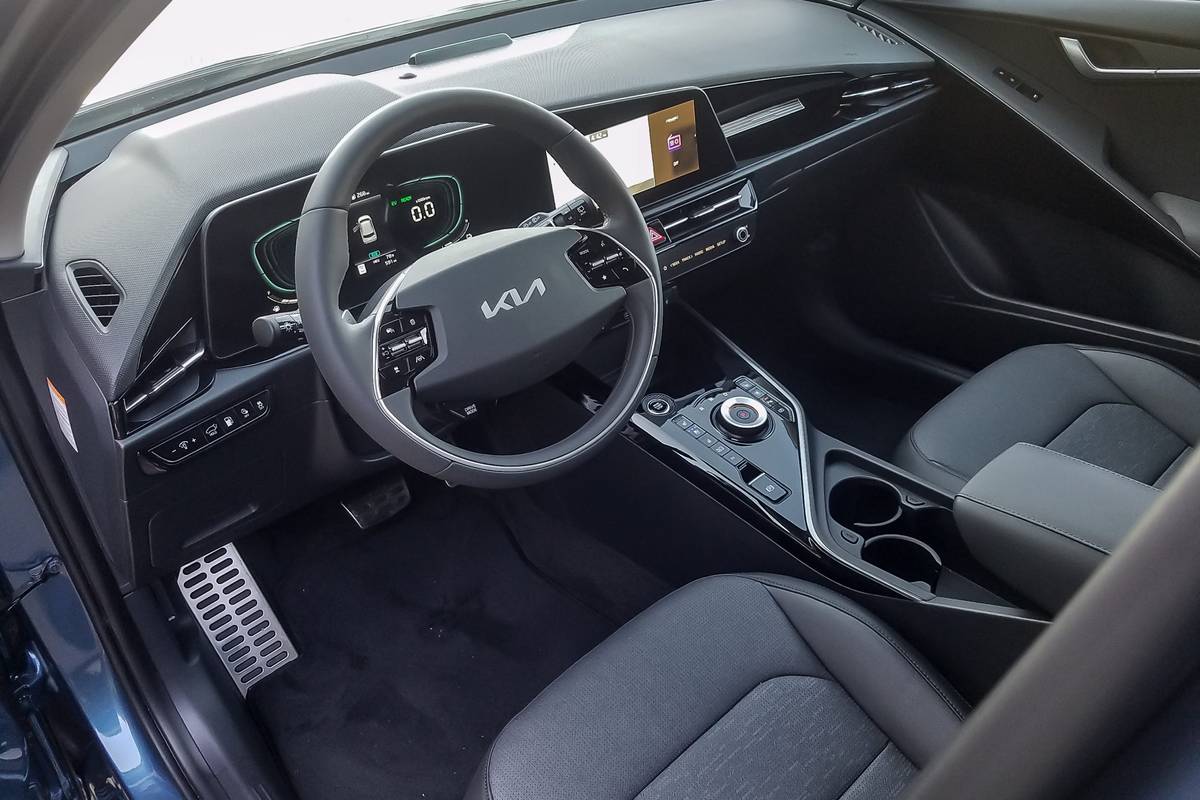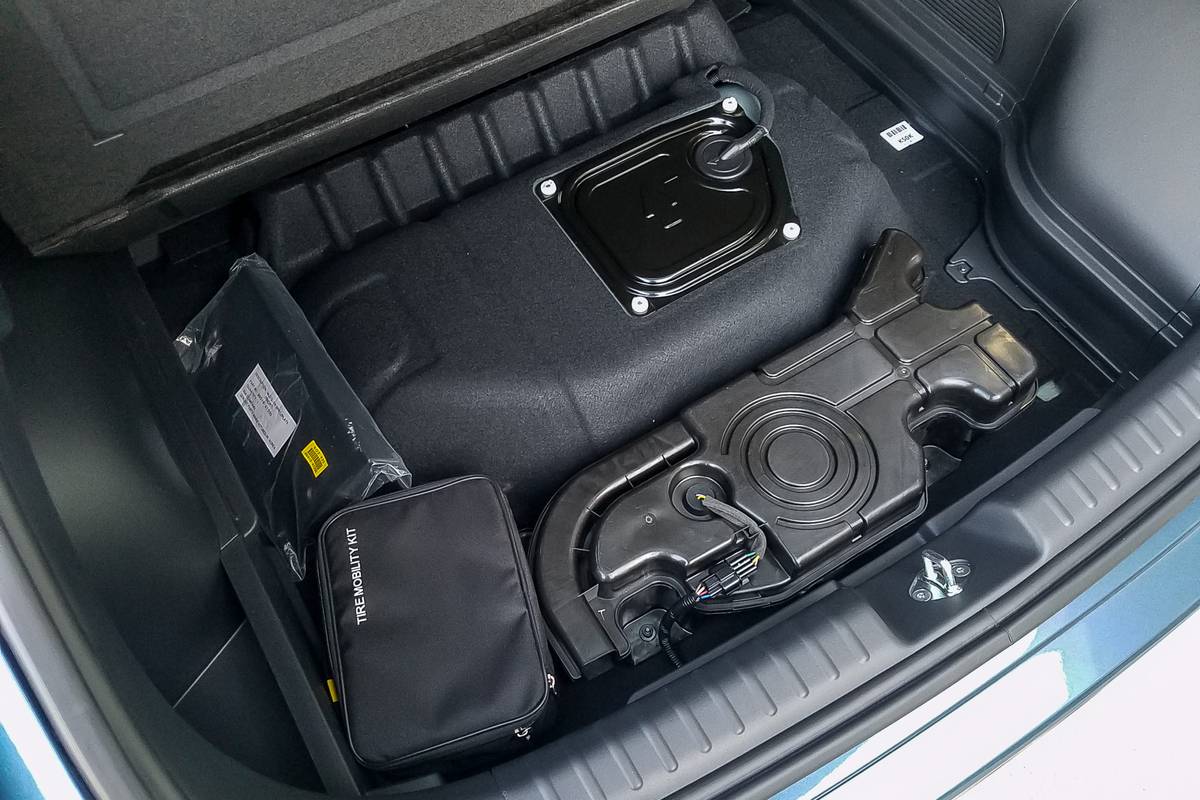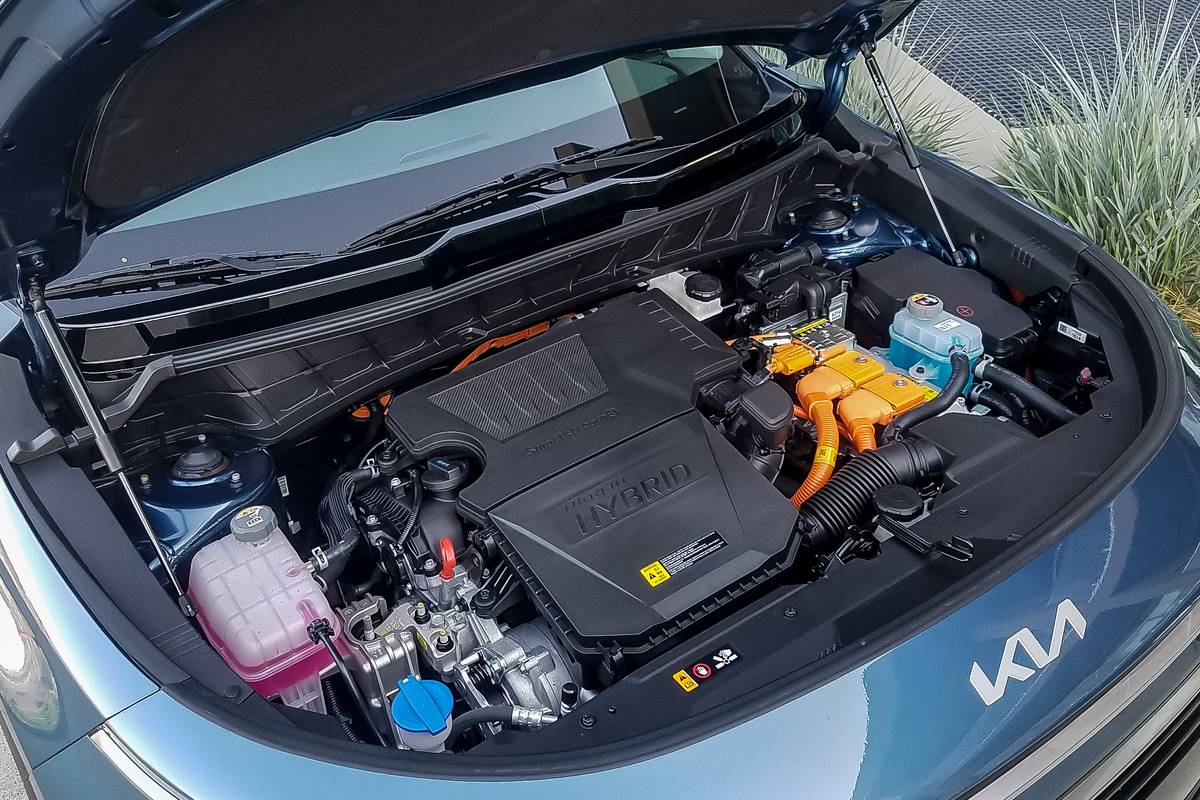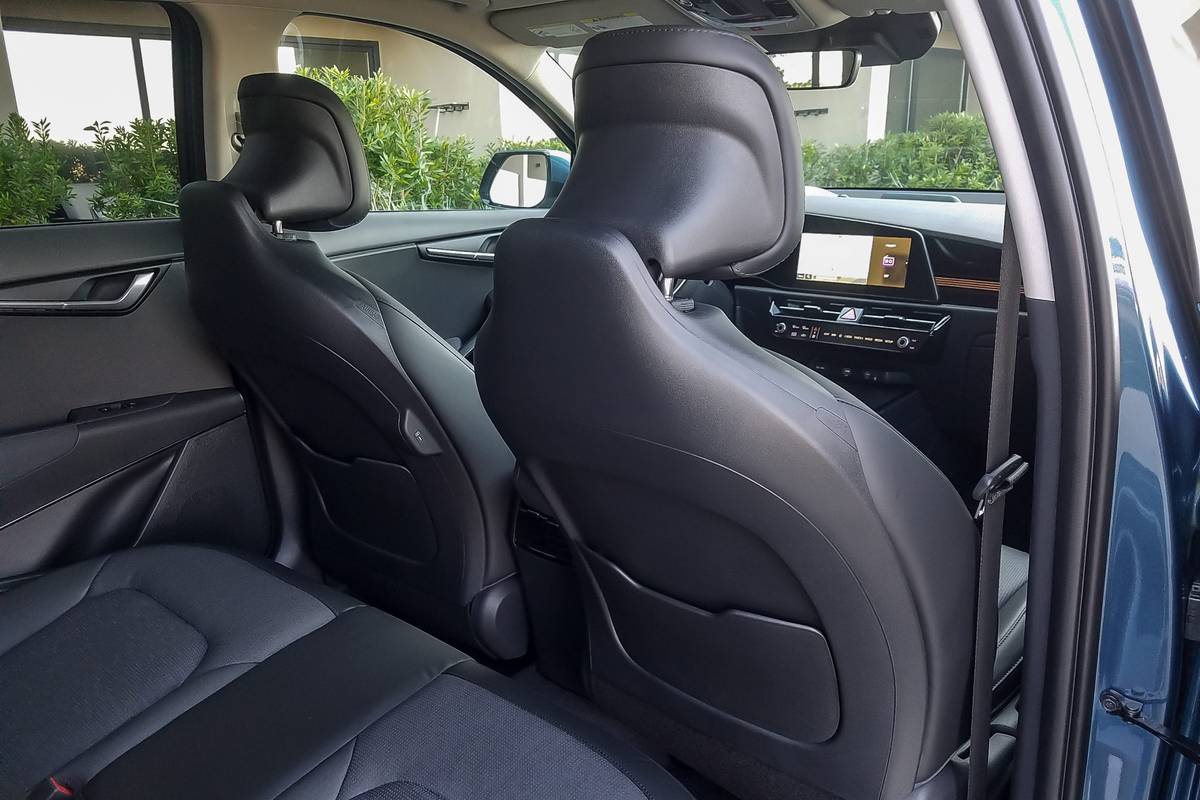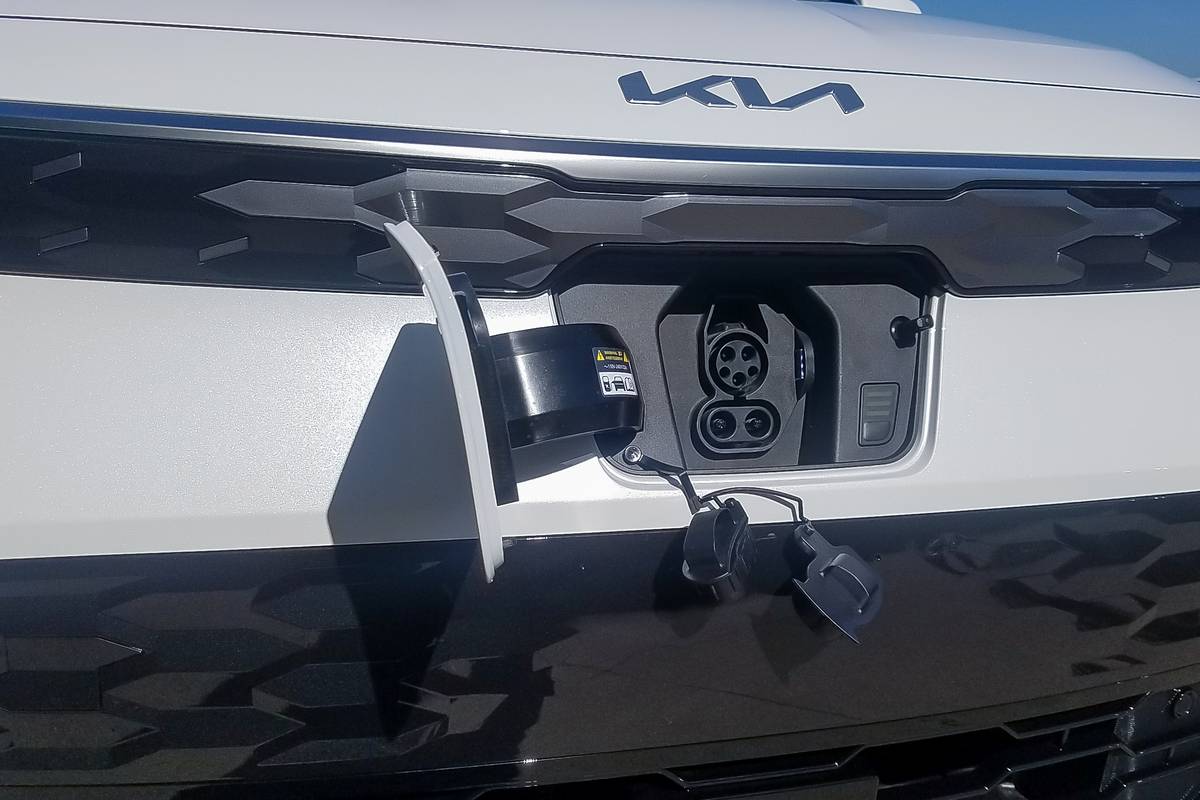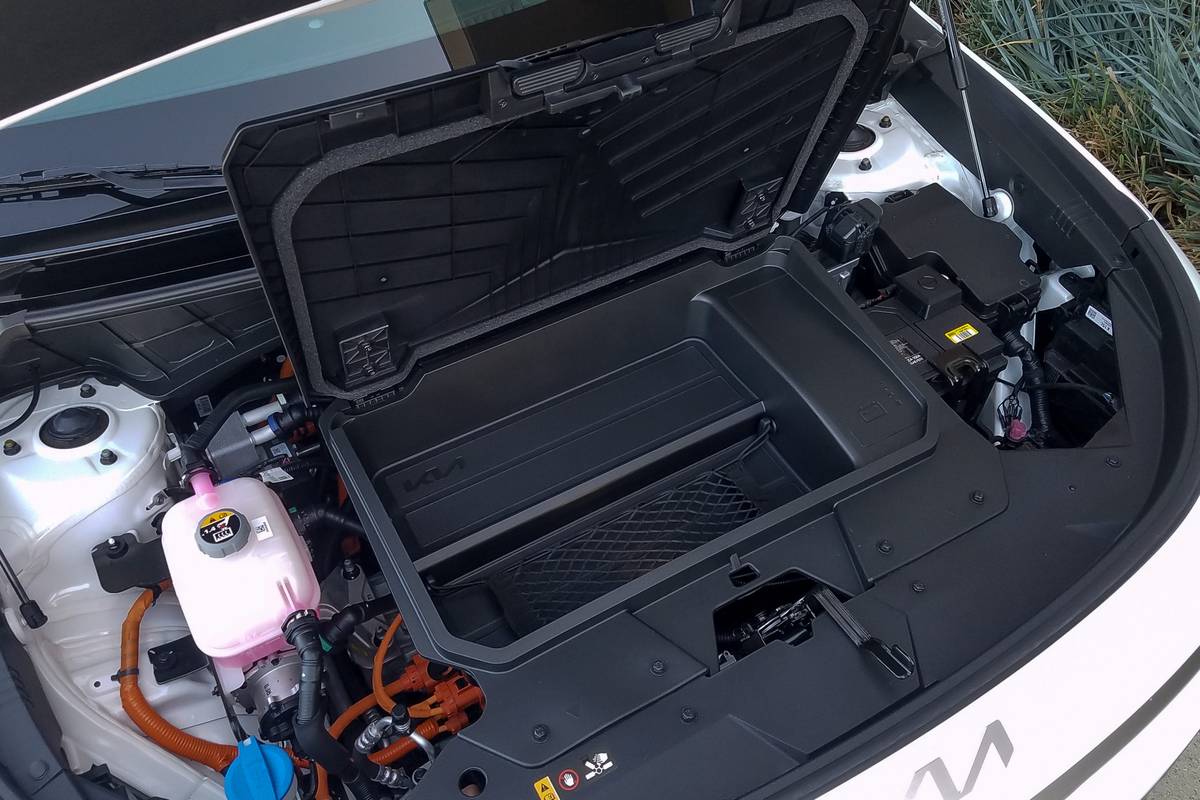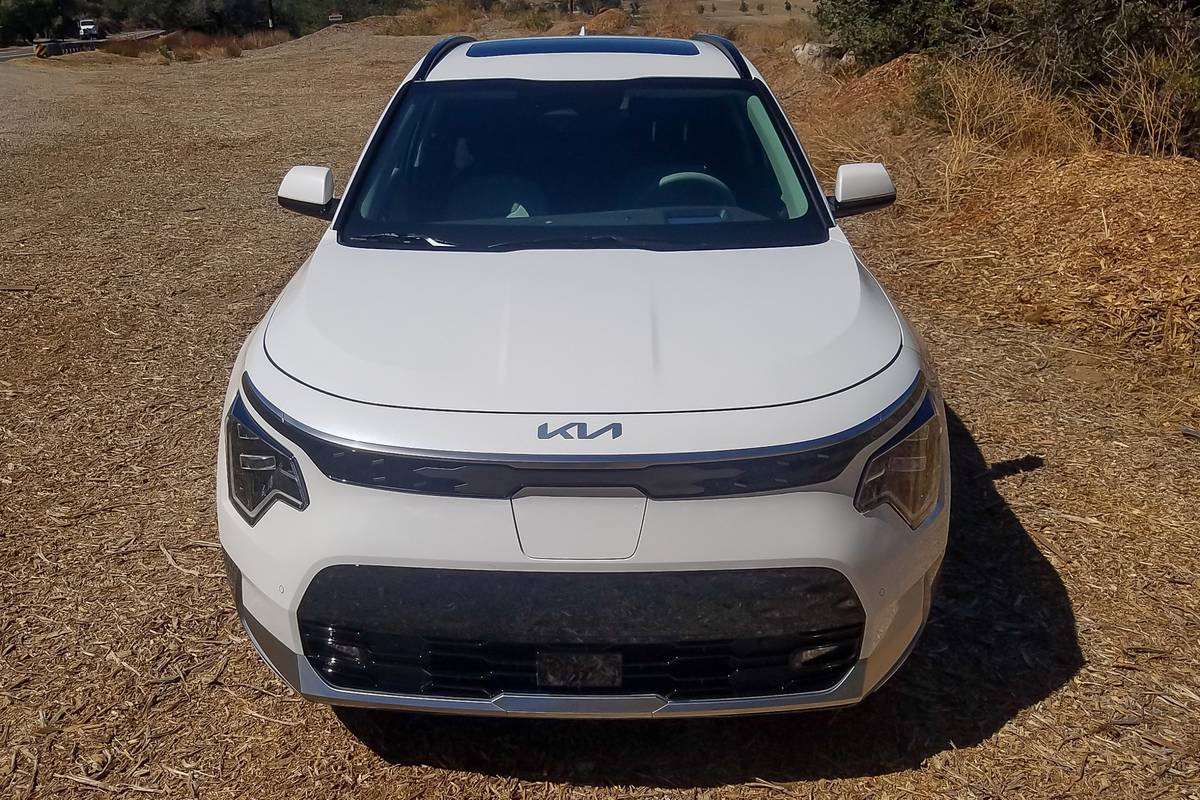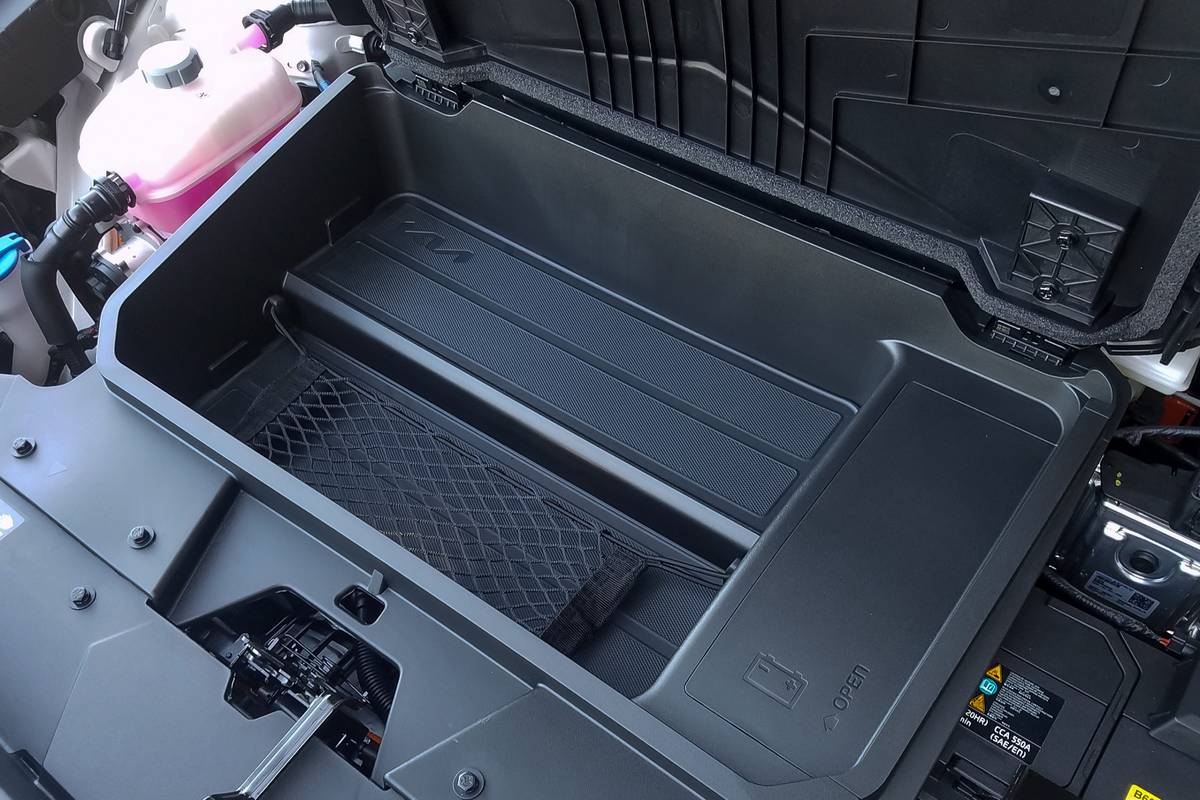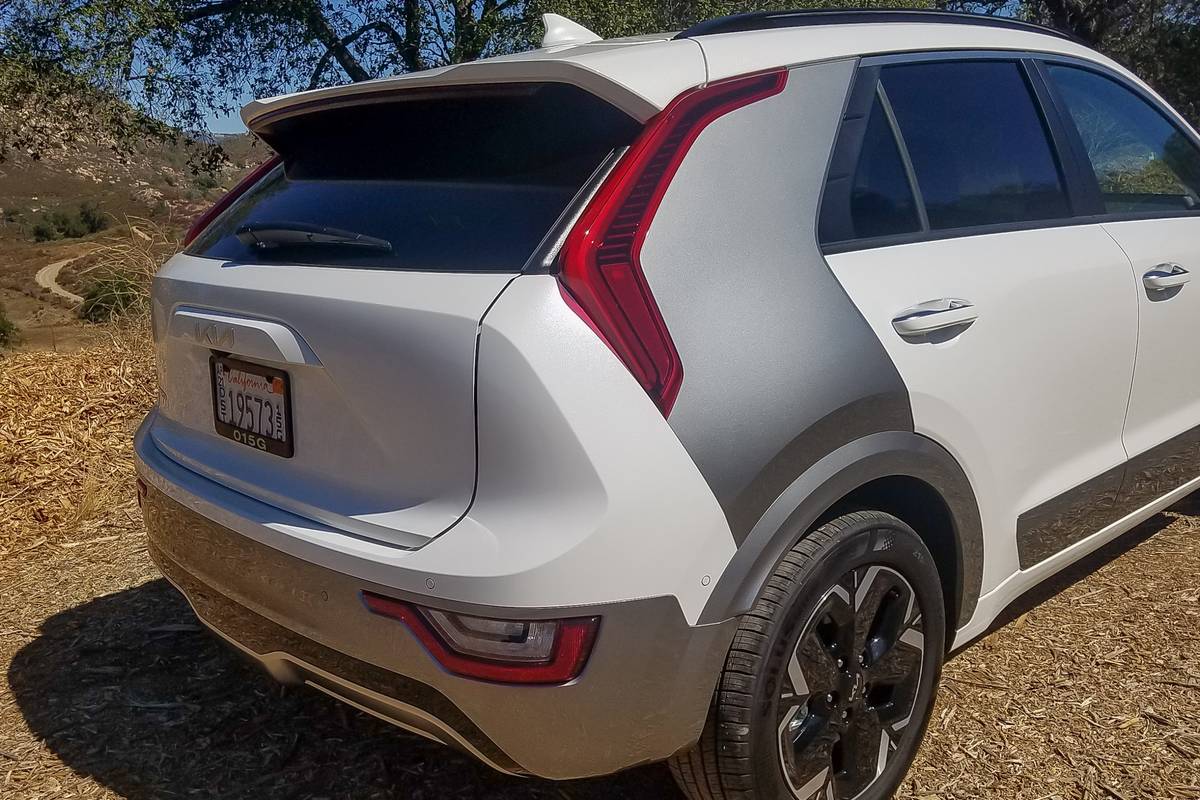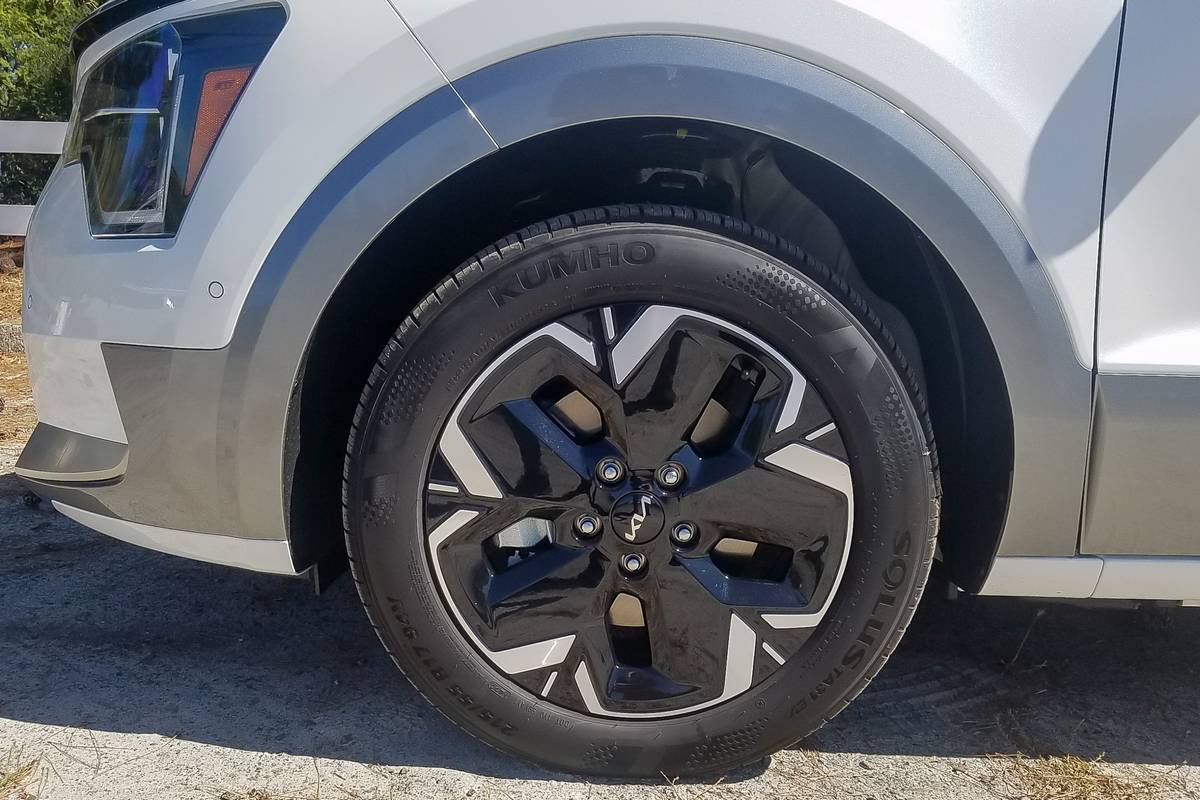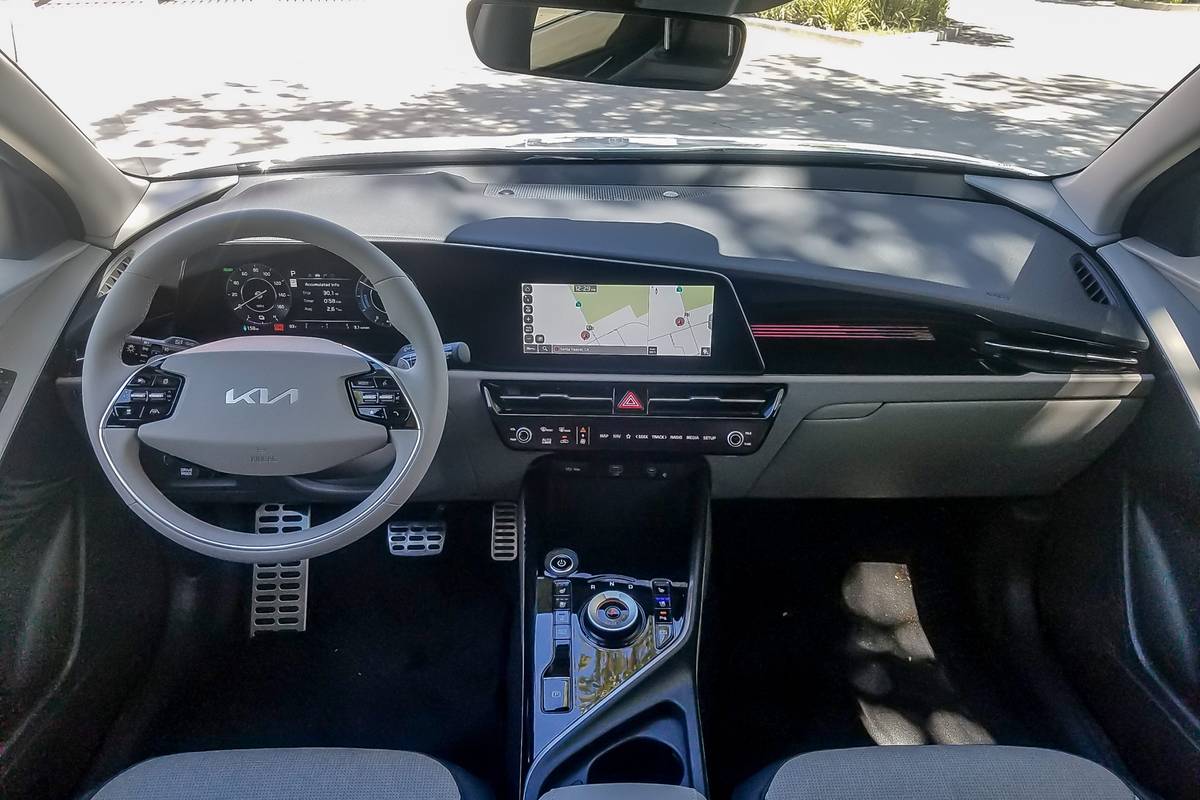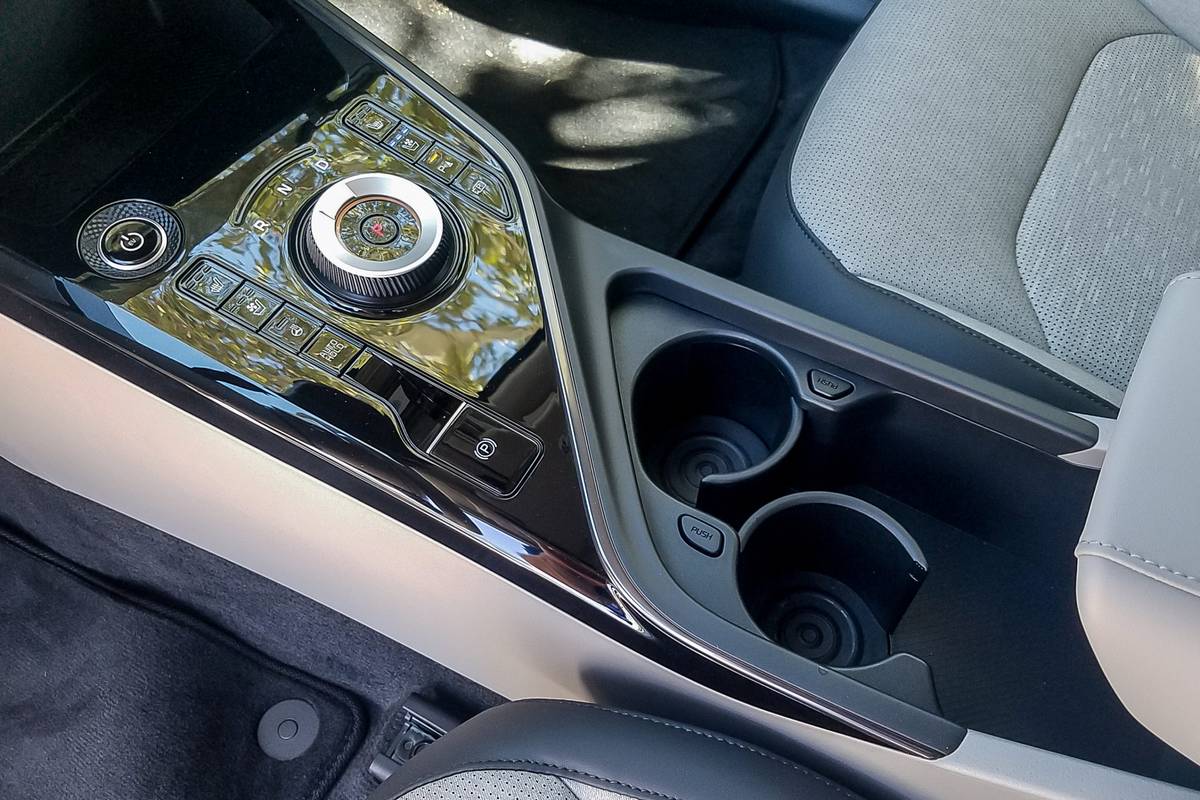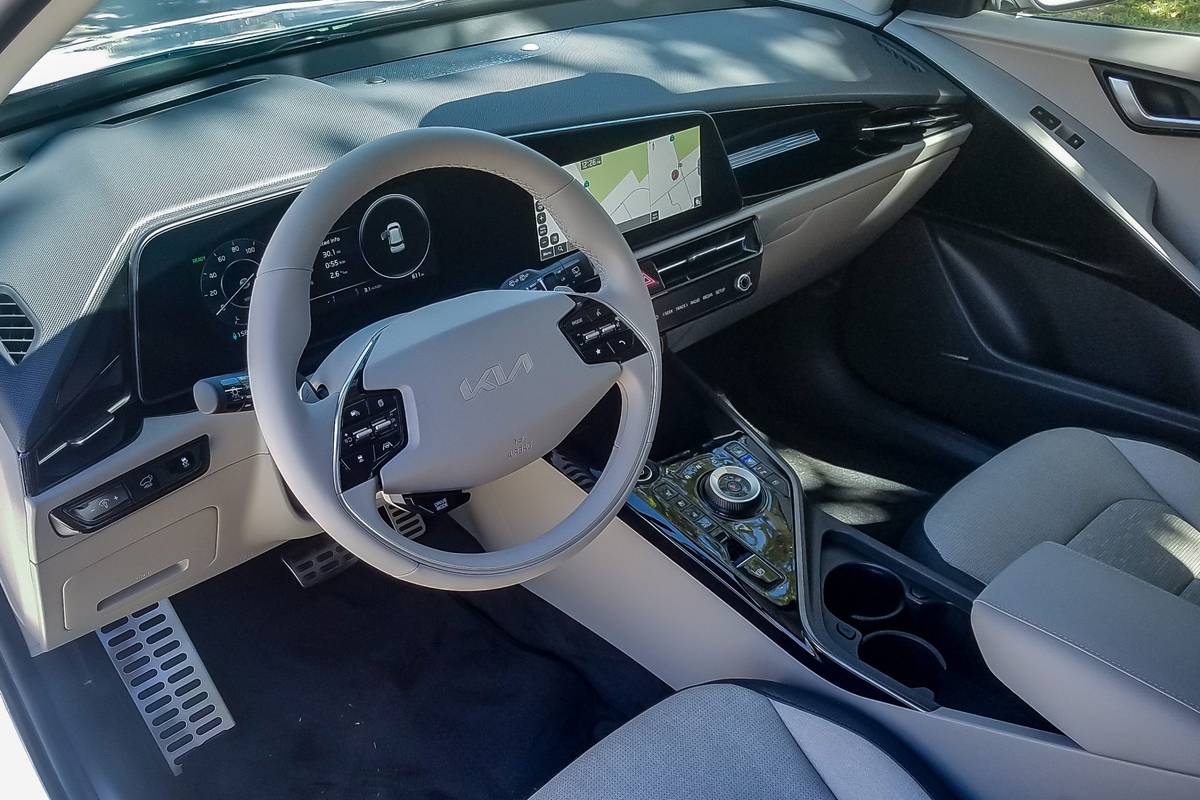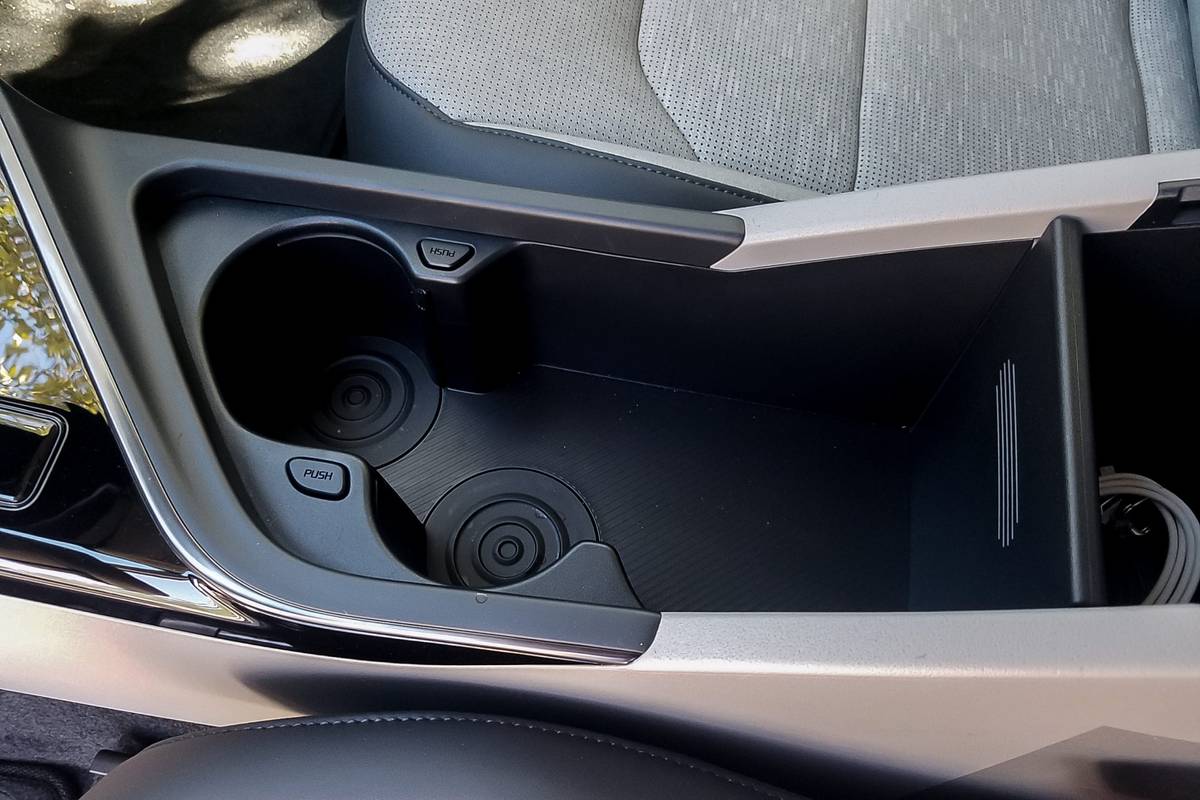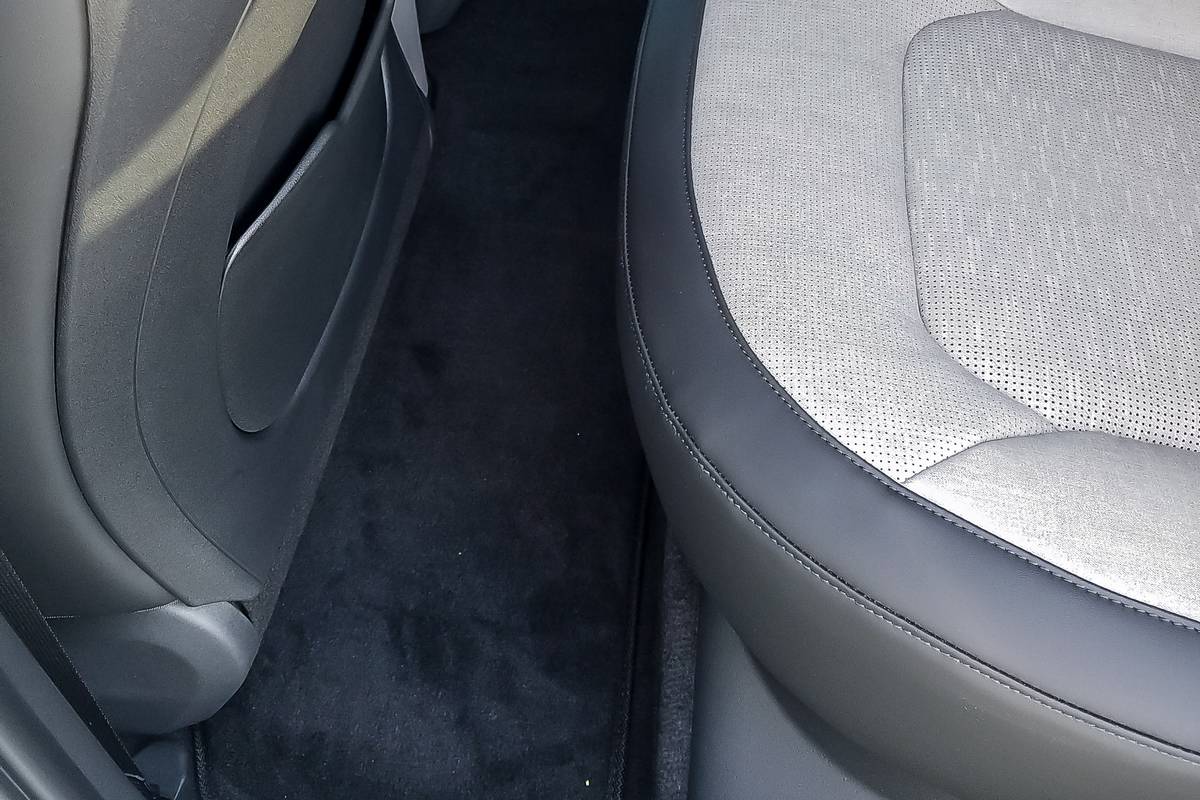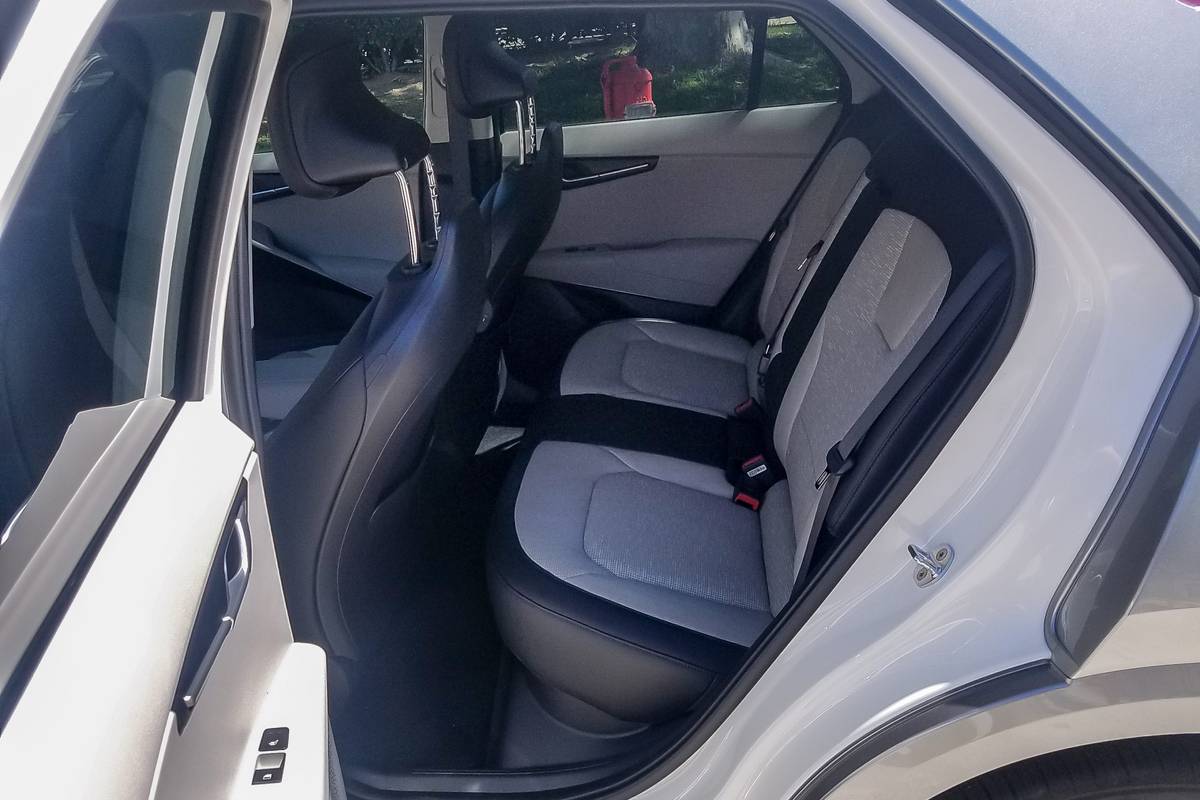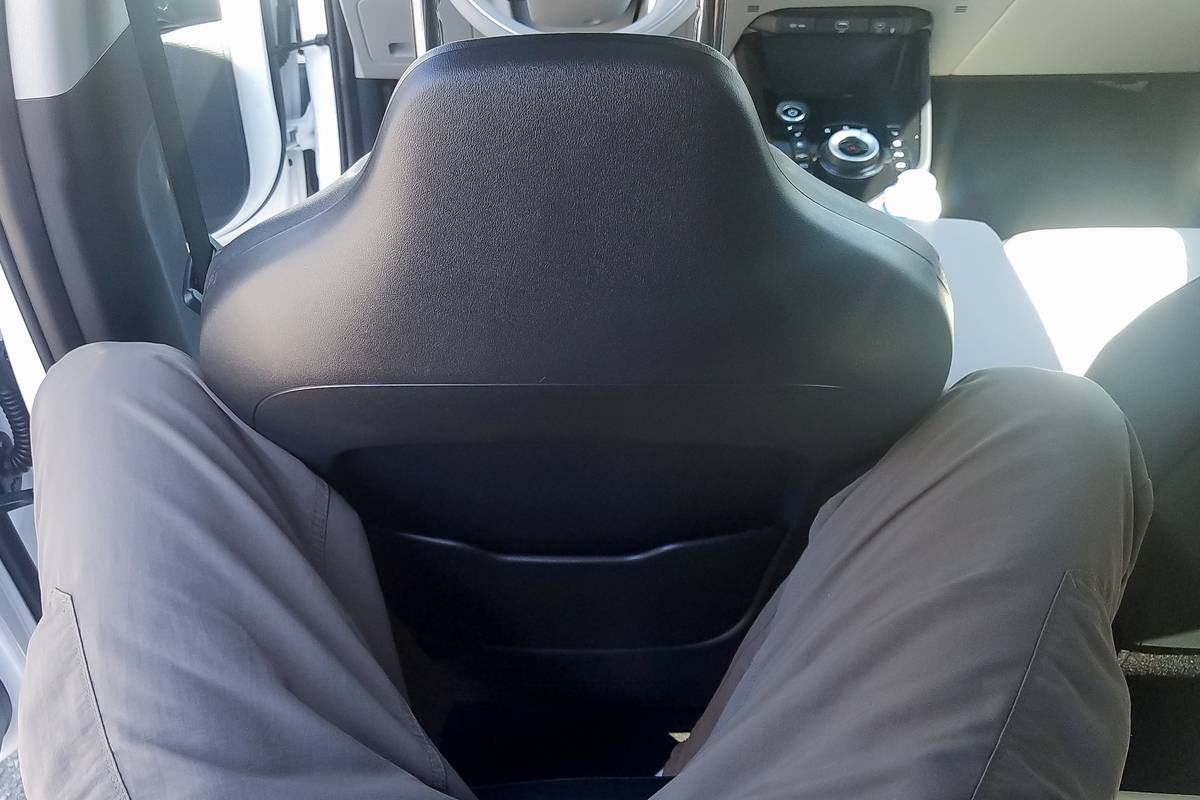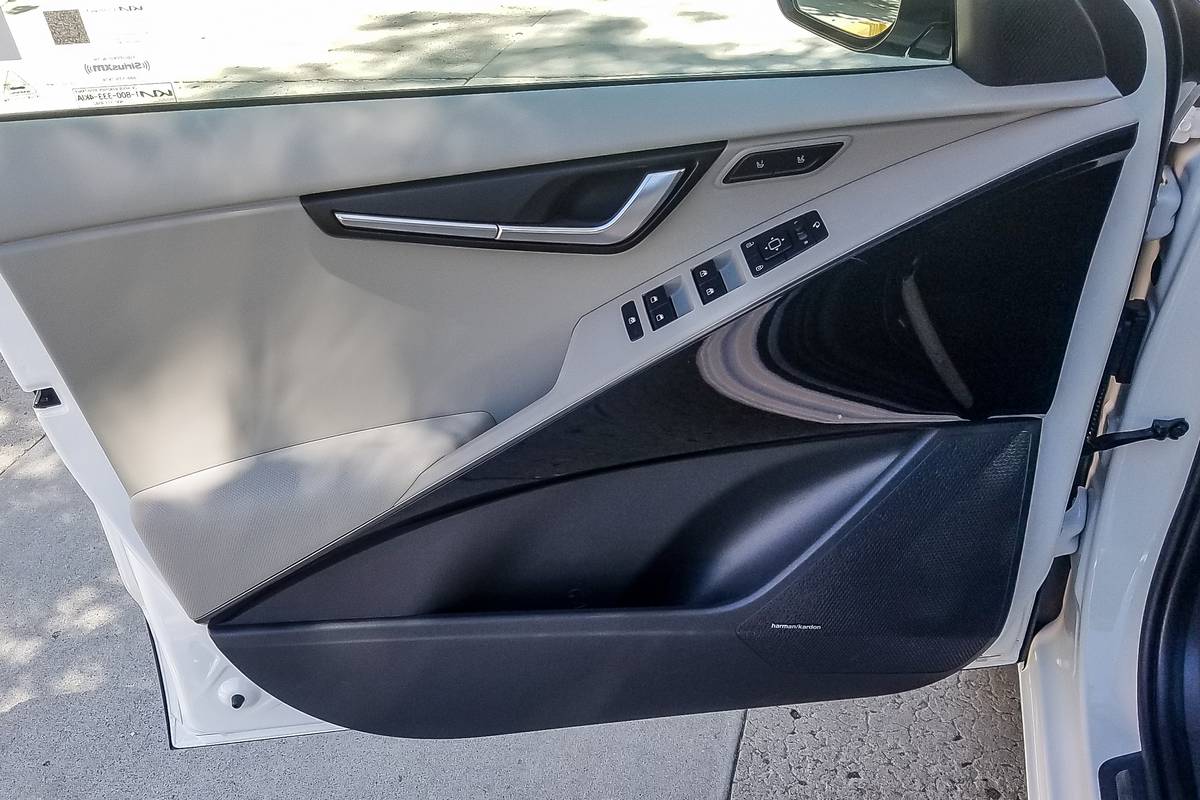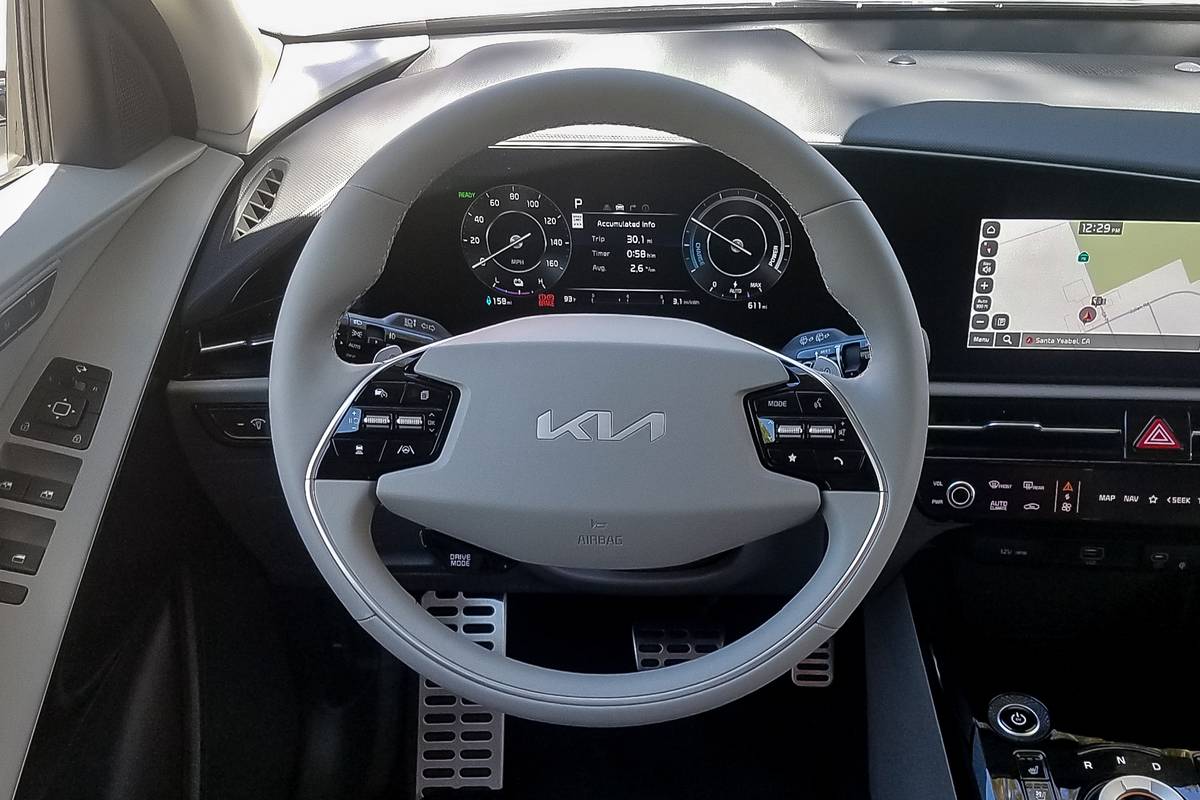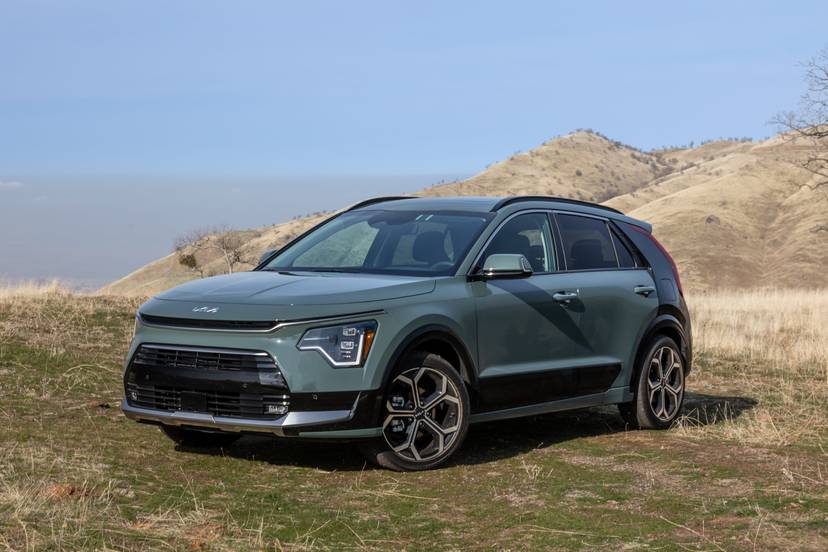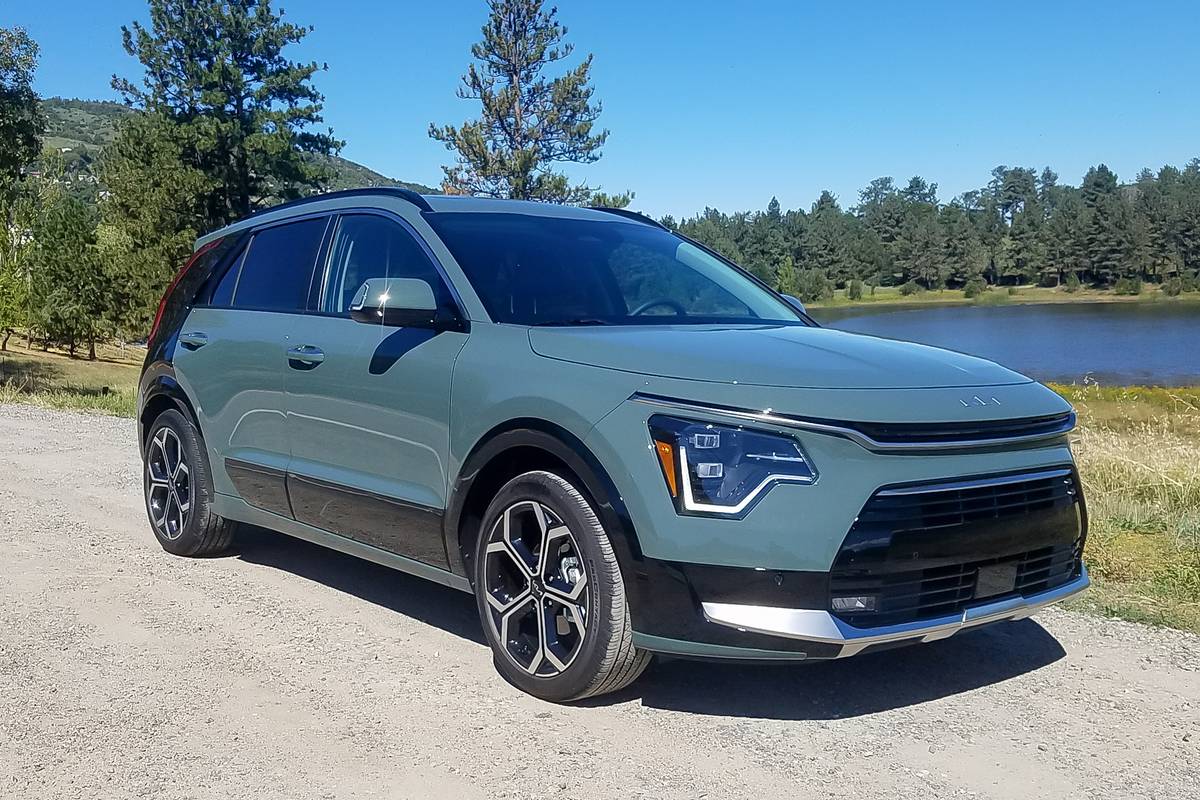
The verdict: The redesigned Kia Niro family gains cargo room, new technology, expressive styling and improved efficiency across the model lineup, making all three Niro versions more attractive choices.
Versus the competition: The Niro straddles several vehicle classes as an efficient alternative to a number of compact hatchbacks, subcompact and compact SUVs, and all-electric vehicles.
The new-car marketplace — especially the mainstream-brand EV segment — have changed quite a bit since the first-generation Kia Niro was introduced for the 2017 model year. Since then, hybrid and plug-in-hybrid small SUVs have proliferated, as have dedicated-platform all-electric vehicles. With its redesign for 2023, the Niro sticks with its three-in-one electrified powertrain strategy (hybrid, PHEV and pure EV), but it gets a more distinctive look inside and out, better efficiency, new technology and mildly upsized dimensions. I attended the 2023 Niro’s press preview in Encinitas, Calif., to drive each and see how they stack up. (Per our ethics policy, Cars.com pays for its own airfare and lodging when attending manufacturer-sponsored events.)
Related: 2023 Kia Niro: Three Familiar Flavors, One Spicy New Look
Flashier Flanks
In terms of footprint and overall profile, the Niro lands in the gray area between a compact hatchback and a subcompact or compact SUV. It has SUV-like features such as a tallish body height and contrasting-color wheel and fascia cladding, but it doesn’t offer all-wheel drive or fortifications for all-terrain capability. Unlike the first-gen Niro offered only in select states, the new one is available nationwide.
The previous-gen Niro’s appearance was rather anonymous, but you’ll have a harder time losing the new one in a parking lot. The bolder look was inspired by Kia’s HabaNiro concept, and styling highlights include sharply angled LED daytime running lights, a contrasting-color panel that runs along the lower body sides, and “Aero Blade” accent panels on the rear quarters; Kia says the panels are functional, aiding airflow underneath the rear roof pillars. Body-color Aero Blades are standard, but top-line models can be outfitted with contrasting-color panels (black on the HEV and PHEV, gray on the EV) if you want a flashier look.
Driving the Niro
Niro EV
The Niro EV is the quickest Niro, with its 150-kilowatt electric motor rated at 201 horsepower supplying smooth, quiet acceleration that’s satisfyingly quick in city and highway driving. Accelerator pedal response is immediate and easy to modulate, and choosing the Sport drive mode makes things extra snappy, while Eco mode mutes the acceleration response, though not to the point of lethargy.
Niro
I swapped into the Niro hybrid after getting out of the EV, and the noise from the four-cylinder gasoline engine was especially striking after the near-silent whirr of the EV’s powertrain. The engine’s exhaust note is a bit coarse and gravelly, especially when accelerating quickly — or at least as quickly as the hybrid can muster. Its 1.6-liter four-cylinder and 32-kW electric motor combine to produce 139 hp and 195 pounds-feet of torque, which is enough for adequate acceleration but nothing more. Choosing the Sport mode brought a slightly peppier feel, but also more noise, as the transmission held lower gears longer for higher-rpm operation.
Niro PHEV
I also got brief seat time in the plug-in version, which gets the same 1.6-liter four-cylinder as the regular hybrid but pairs it with a 62-kW electric motor for a total output of 180 hp and 195 pounds-feet of torque. Fully charged, the PHEV can deliver an EPA-rated 33 miles of all-electric driving; unfortunately, my test vehicle’s battery had been fully depleted when I drove it, so I could only sample it in hybrid mode — no EV for me. Even as a hybrid, however, the PHEV’s 41-hp advantage over the dedicated Niro hybrid is apparent as it feels noticeably peppier overall.
Both the hybrid and PHEV use a six-speed dual-clutch automatic that performs well, with none of the occasional bogging-and-surging feel or clunkiness in low-speed driving that some DCTs exhibit. Kickdowns for extra passing power are prompt and smooth, and there’s no herky-jerkiness in stoplight-to-stoplight driving. Likewise, the transitions from gas to electric power are laudably smooth in both hybrids, almost to the point of being undetectable.
All three Niros have multiple levels of regenerative braking — from no regen up to an “i-Pedal” one-pedal driving mode (exclusive to the EV) — that are selected via the steering-wheel paddles. The i-Pedal enables one-pedal driving that in many driving situations can bring the vehicle to a stop without pressing the brakes at all. The hybrid and PHEV include a Smart Regeneration System that automatically adjusts the braking regen level based on road conditions or a vehicle being detected in front. Regardless of the setting, regen feel is smooth and predictable, and I like having the option to choose my own setting based on driving conditions.
The Niro is a competent handler overall in part because of its relatively trim dimensions, but overt athleticism is not its forte. The steering feel doesn’t offer much in the way of road feel or feedback, though it’s nicely weighted and accurate. The EV weighs 500-plus pounds more than the hybrid Niro and around 200-plus pounds more than the PHEV, depending on equipment, but it doesn’t feel noticeably heavier or more cumbersome in the corners. The Niro’s ride quality is pleasant and composed regardless of powertrain, at least on the pristine San Diego-area roads of our test-drive routes. The EV comes solely with 17-inch wheels; the hybrid and PHEV come with 16s or 18s, depending on the model.
Efficiency
Though there are no major changes to the 2023 Niro’s powertrains compared to the first-generation models, efficiency has been improved across the board. The hybrid is EPA-rated at 53/54/53 mpg city/highway/combined, but those numbers drop substantially to 53/45/49 mpg if you choose an EX Touring or SX Touring due to 18-inch wheels. The two Tourings’ projected driving range drops significantly, too, from 588 to 479 miles.
The PHEV’s all-electric driving range is an EPA-estimated 33 miles on a full charge (up from 26 miles previously) and combined driving range is 510 miles. Kia says the PHEV’s 11.1-kilowatt-hour lithium-ion polymer battery pack can be charged from zero to full in less than three hours via a Level 2 charger.
The Niro EV’s driving range has been improved to an EPA-rated 253 miles, up from 239 miles in the first-gen model. That’s right in the ballpark of max range with the Chevrolet Bolt EV (259 miles) and Bolt EUV (247 miles), Toyota bZ4X (252 miles) and Volkswagen ID.4 (275 miles), but it doesn’t match the best two-wheel-drive versions of EVs such as the Ford Mustang Mach-E (314 miles), Hyundai Ioniq 5 (303 miles) and Kia EV6 (310 miles).
The NIro EV’s 64.8-kWh battery can be recharged from empty to full in about seven hours on a Level 2 charger thanks to an onboard charger that has been upgraded from 7.2 kW to 11 kW. (The 2022 Niro EV took about 9.5 hours.) A maximum DC fast-charging capability of 85 kW means that the Niro EV can be charged from 10% to 80% in about 45 minutes. Again, most rival EVs do better: The extended-range EV6 can be charged from 10% to 80% in about 18 minutes thanks to its 240-kW capability.
Speaking of the EV6, the Niro EV gains the same vehicle-to-load onboard generator functionality offered in the EV6 and Ioniq 5: Plug the supplied adapter into the car’s exterior charge port, and the car supplies 120-volt power for various household appliances and other devices. That charge port is located at the nose of the Niro EV instead of the driver-side front fender as it is on the PHEV. We’ve experienced the front-mounted charge-port doors of some EVs get iced shut in nasty Chicago winter weather and have had to use hot water or windshield-washer fluid to get them to open. Kia has given some thought to the EV’s cold-weather usability, however: An optional heat pump and battery warmer are available to help preserve driving range in frigid temperatures.
Inside Story
The 2023 Niro’s mildly upsized dimensions include a 2.5-inch stretch in overall length that provides improved cargo volume and slightly better occupant room; 6-footers should find ample space in the front seats and respectable room in the rear seats. I had sufficient space in the driver’s seat for my 6-foot-6-inch frame even under the moonroof’s housing, which usually steals an inch or two of headroom, but I wished the steering wheel telescoped out a bit farther for an optimal driving position.
Rear-seat space is tight for extra-tall passengers as legroom shrinks quickly when the front seats are adjusted rearward, and the front seat backs are entirely hard plastic, so there’s no cushioning at all if your knees and shins rub against them. Also, the Niro EV’s battery-pack hardware raises the floor in the rear-seat area, which further compromises legroom for tall passengers. On the plus side, the rear-seat climate control vents (standard on all but the hybrid’s base LX model) are generously sized, there’s a handy USB charging port built into the inboard side of both front seatbacks, and the PHEV and EV versions can be equipped with heated outboard rear seats.
The Niro’s cargo volume is better than most compact hatchbacks and subcompact SUVs, approaching the capacity of some smaller compact SUVs. The cargo area’s load floor is rather high, but the hybrid’s cargo-floor panel can be installed in a lower position to free up a few inches of extra vertical space. The EV includes a small frunk under the hood with its own hinged, latched cover and a tie-down net for loose items. Inside, small-items storage is about average among compact hatchbacks. The front and rear door pockets are a bit stingy, but one of my favorite features from the first-gen Niro carries over: clever retractable cupholders that can be stowed to create an undivided cargo bin.
Kia touts the fact that the Niro’s interior is finished in several animal-free, enviro-conscious materials, such as a headliner made from recycled wallpaper and upholstery material made from eucalyptus leaves. That’s nice, but what’s also nice is that those eco-focused materials don’t look or feel cut-rate. A variety of padded surfaces and satin-finish accents give the cabin a respectably classy ambiance for a mainstream compact, at least in the top-line versions I drove.
The dynamic dashboard layout is highlighted by a pair of 10.25-inch screens on top models, one for the instrument cluster and one for the infotainment touchscreen. Most controls are straightforward and easy to use. As with the first-gen Niro, the PHEV and EV versions get an ergonomically agreeable rotary-dial gear selector, while the hybrid sticks with a more traditional T-handle shift lever.
Like the EV6 and redesigned-for-2023 Sportage compact SUV, all Niros use a dual-purpose capacitive-touch panel that toggles between climate and infotainment controls at the touch of a virtual button; this includes the panels’ two physical knobs, which switch from volume and tuning functions to driver and passenger temperature control functions. This dual-purpose setup is space-efficient, but it necessitates an extra step when you need to switch from climate to infotainment controls and vice-versa. On the whole, however, the layout strikes the right balance between flashy and functional; it’s easier to live with day to day than some current EVs that seem to aim for a “different for the sake of different” control layout (looking in your direction, VW ID.4).
More From Cars.com:
- Kia Announces 2023 Niro Hybrid Prices
- Up Close With the 2023 Kia Niro EV, PHEV and Hybrid
- Here Are the 11 Cheapest Electric Vehicles You Can Buy
- What Are the Most Fuel-Efficient Cars for 2022?
- 2020 Kia Niro PHEV Review: Old-School Hybrid With Old-School Issues
- 2022 New York Auto Show: Best in Show
Technology and Safety
All Niros come standard with Apple CarPlay and Android Auto connectivity, but it’s wireless only on the base HEV LX model; on the rest, you’ll need to plug in your phone. Available features include a wireless charging pad, ambient cabin lighting, a head-up display, power liftgate, Kia Connect remote-access services, a digital key and eight-speaker Harman Kardon audio.
The HEV and PHEV offer a Green Zone Drive Mode feature that Kia says uses navigation data to automatically activate EV mode in residential areas and near schools and hospitals. Navigation-based adaptive cruise control with stop-and-go capability and automatic road-curve speed reduction is also available. Kia’s Highway Driving Assist II driver-aid system is also optional; it adds lane centering and lane change assist to cruise control capabilities (the driver must keep his or her hands on the steering wheel).
Kia’s Drive Wise suite of safety features is also standard and includes forward collision warning with pedestrian detection and automatic emergency braking, lane departure steering assist, driver-attention and blind-spot monitors, rear cross-traffic alert with automatic braking, and a safe-exit warning system. All but the base LX hybrid include forward collision avoidance assist with junction turning, which can help avoid collisions in intersections.
Value
Kia has only released pricing for the Niro hybrid and PHEV so far. The hybrid is starting to arrive in dealerships now; the PHEV and EV will follow. The hybrid starts at $27,785 (all prices include $1,295 destination) in base LX trim and runs up to $36,085 for the SX Touring. Those prices should make the Niro competitive with rivals such as the soon-to-arrive Toyota Corolla Cross, though the latter is available with AWD.
The PHEV starts at $35,035 in EX trim and $40,785 in SX Touring form, which puts it right in the mix with the Ford Escape PHEV and Subaru Crosstrek Hybrid (also a plug-in). We’ll have to wait and see where the EV lands price-wise, but my hunch is that it will compare well with the Toyota bZ4X and VW ID.4.
The Niro doesn’t break new ground in efficiency or driving range, but the numerous enhancements and welcome new features for 2023 make it a compelling competitor to any number of compact vehicles regardless of which powertrain you choose.
Related Video:
We cannot generate a video preview.
Cars.com’s Editorial department is your source for automotive news and reviews. In line with Cars.com’s long-standing ethics policy, editors and reviewers don’t accept gifts or free trips from automakers. The Editorial department is independent of Cars.com’s advertising, sales and sponsored content departments.




























